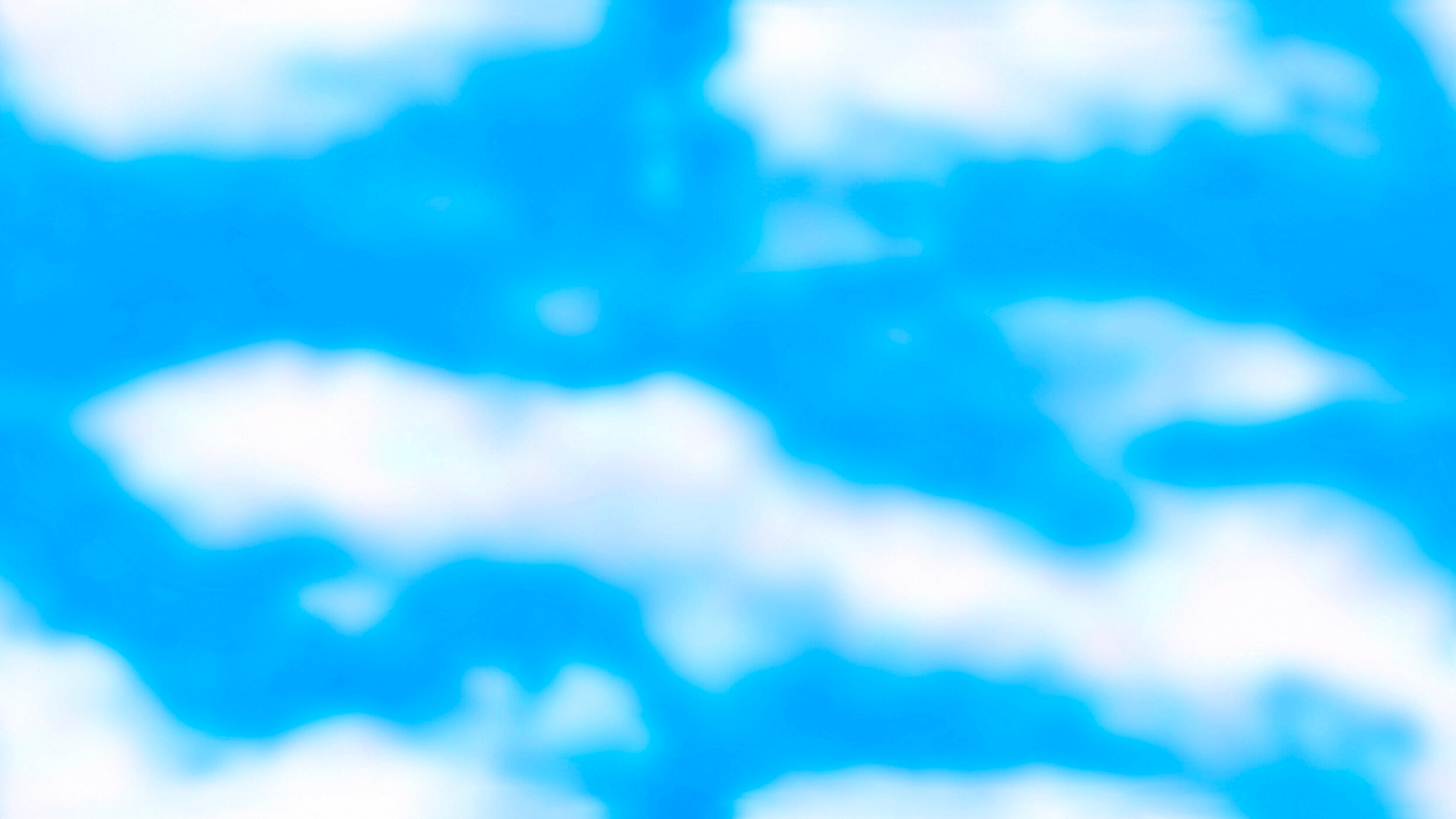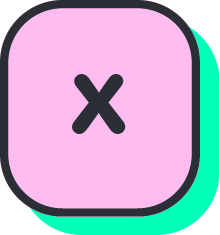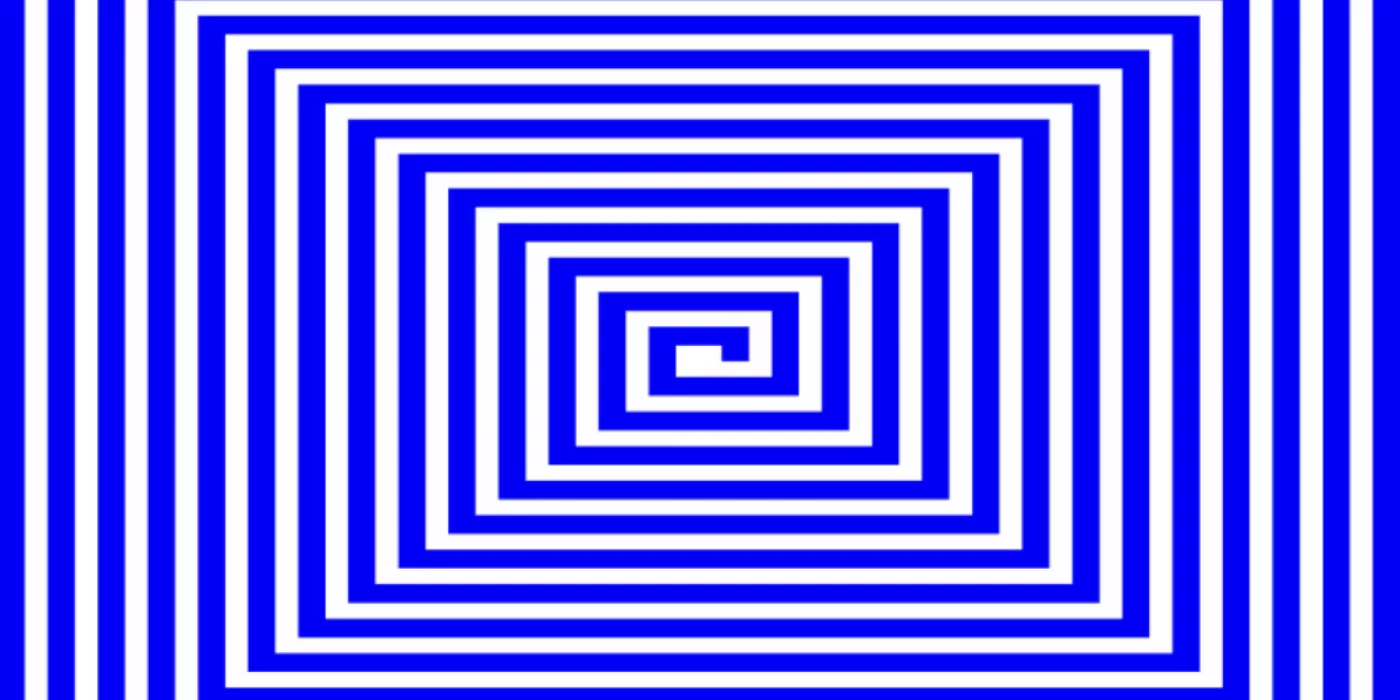CONTOUR 7
CONTOUR 7 focused on Thomas More, the humanist, statesman, and martyr, drawing inspiration from his works Utopia (1516) and Erasmus's In Praise of Folly (1511). The biennale’s theme, Fooling Utopia, reflected the spirit with which More and Erasmus critiqued their era, using irony and reflection. Over twenty artists engaged with two main themes: Fooling Utopia and Monsters, Martyrs & Media, inspired by More’s legacy and his time in Mechelen five centuries ago.
The first theme, Monsters, Martyrs & Media, examined the roles of monsters and martyrs in both historical and contemporary contexts. The theme questioned why society needs monsters—whether to express fears or warn of dystopian futures—and explored the media’s portrayal of martyrs, often radical figures who sacrifice their lives for their beliefs. The distinction between martyrs and monsters blurred, as both became amplified in today’s media, becoming symbols of fear, sacrifice, or radical beliefs.
Mechelen’s history added depth to this theme, with its legends of the Oude Rode Ogen (a mythical bogeyman) and the tragic reality of Kazerne Dossin, a Nazi transit camp. These historical figures, real and fictional, served as backdrops for the artists’ exploration of how media distorts and amplifies narratives of fear and martyrdom.
The second theme, Fooling Utopia, questioned the idea of a perfect society. Inspired by More’s Utopia, the artists explored the tension between idealism and reality. More’s utopia, which he knew was impossible to fully realize, became a lens through which the artists critiqued contemporary issues, such as political instability and economic crises. Fooling Utopia explored the persistence of utopian ideals despite societal flaws, highlighting the absurdities of human nature and the unrealistic expectations often placed on society.
Through video, performance, and installations, the artists’ works offered a critique of the past and present, encouraging a deeper engagement with the themes of utopia, sacrifice, and the media’s role in shaping collective understanding.
Curated by Nicola Setari
Artists: AaBbPp, A Dog Republic and RAM Radioartemobile, Sander Breure and Witte van Hulzen, Andrea Büttner, Jan Fabre, Michael Fliri, Chiara Fumai, Johan Grimonprez, Fabrice Hyber, Rabih Mroué, Ana Prvački, Michael Rakowitz, Gilad Ratman, Alberto Serra, Slavs and Tatars, Nedko Solakov, Javier Téllez, Grazia Toderi, An van. Dienderen, Angel Vergara, Gilberto Zorio
LOCATIONS
MECHELEN ACADEMY
Starting point of CONTOUR 7 where visitors could enjoy a drink at the Contourbar. The One Minute Film awards allows young people up to the age of 22 to become part of the Biennale by submitting a one minute film.
MECHELEN CULTURAL CENTRE
The Mechelen Cultural Centre occupies a historic site once home to a monastery founded in 1231. Rebuilt after a fire in 1342, it later housed a church adorned with works by Frans Langhemans and Antoon Van Dyck. After the Order of the Friar Minors was banished in 1796, parts of the monastery were demolished.
ARTISTS & WORKS
Italian artist Grazia Toderi is known for her video works focusing on everyday life. Initially isolating objects from their environments, she later captured images that resonated with a generation, such as TV screens. Toderi’s aerial videos of cities like Rome, Florence, and London transform familiar places into magical realms. For Moon Extinguishers (2015), she reimagined the view from Mechelen's Sint-Rombouts Cathedral tower, where Thomas More observed the Island of Utopia. Projected onto the ceiling, Toderi’s video blurs the city’s contours into a luminous, rotating horizon, evoking spiritual and existential dimensions.
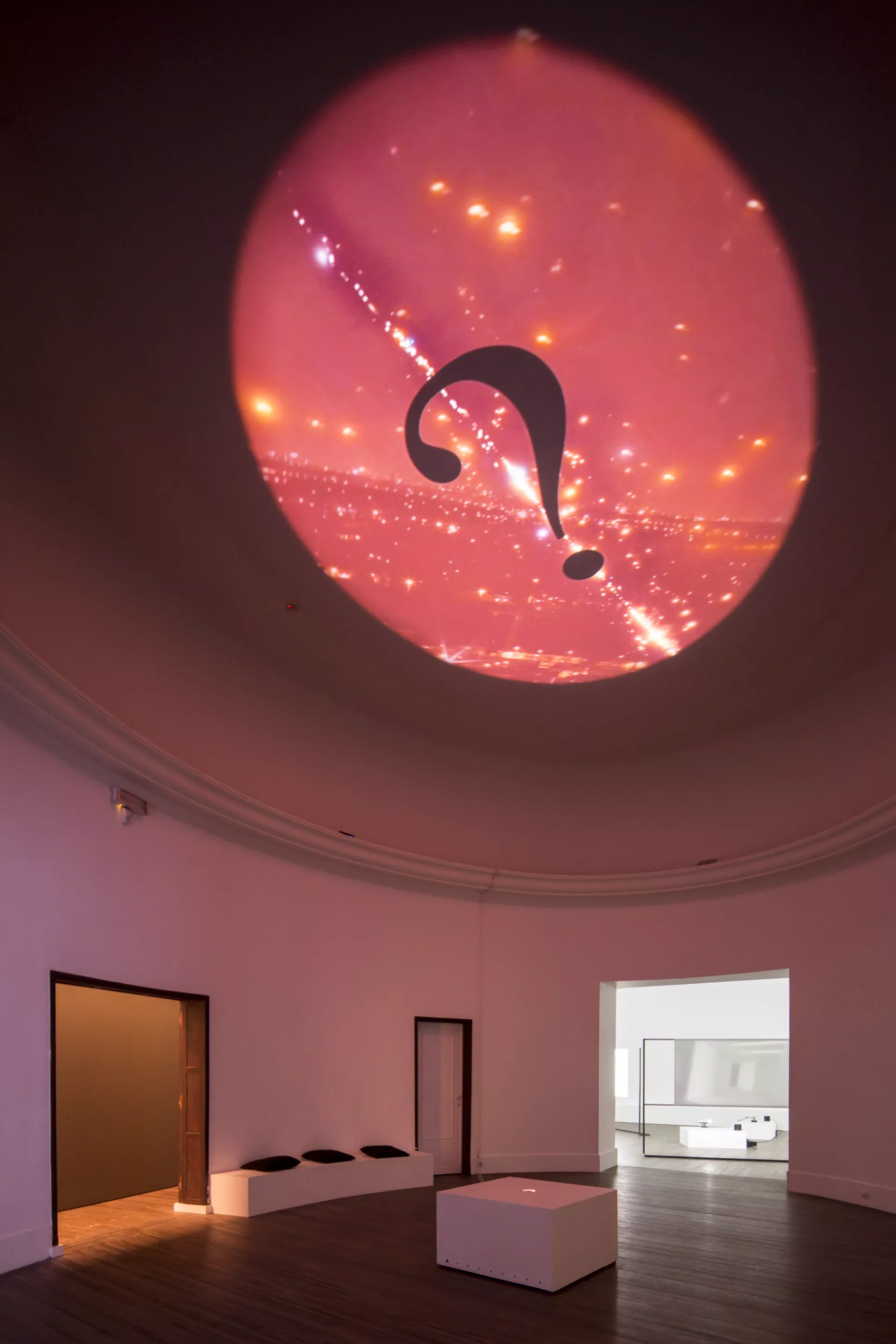
Andrea Büttner is a German artist working with woodcuts, screen prints, sculptures, videos, and performances. She explores themes such as poverty, shame, sexuality, vulnerability, dignity, and belief systems, often referencing religious communities and their relationship to art. Büttner’s notable exhibitions include Tate Britain and Museum Ludwig. In her five-channel video installation Piano Destructions, she reconsiders the 1960s counter-culture’s tendency to destroy musical instruments, focusing on female pianists performing pieces, challenging the traditionally male-dominated history of both music performance and piano destruction.
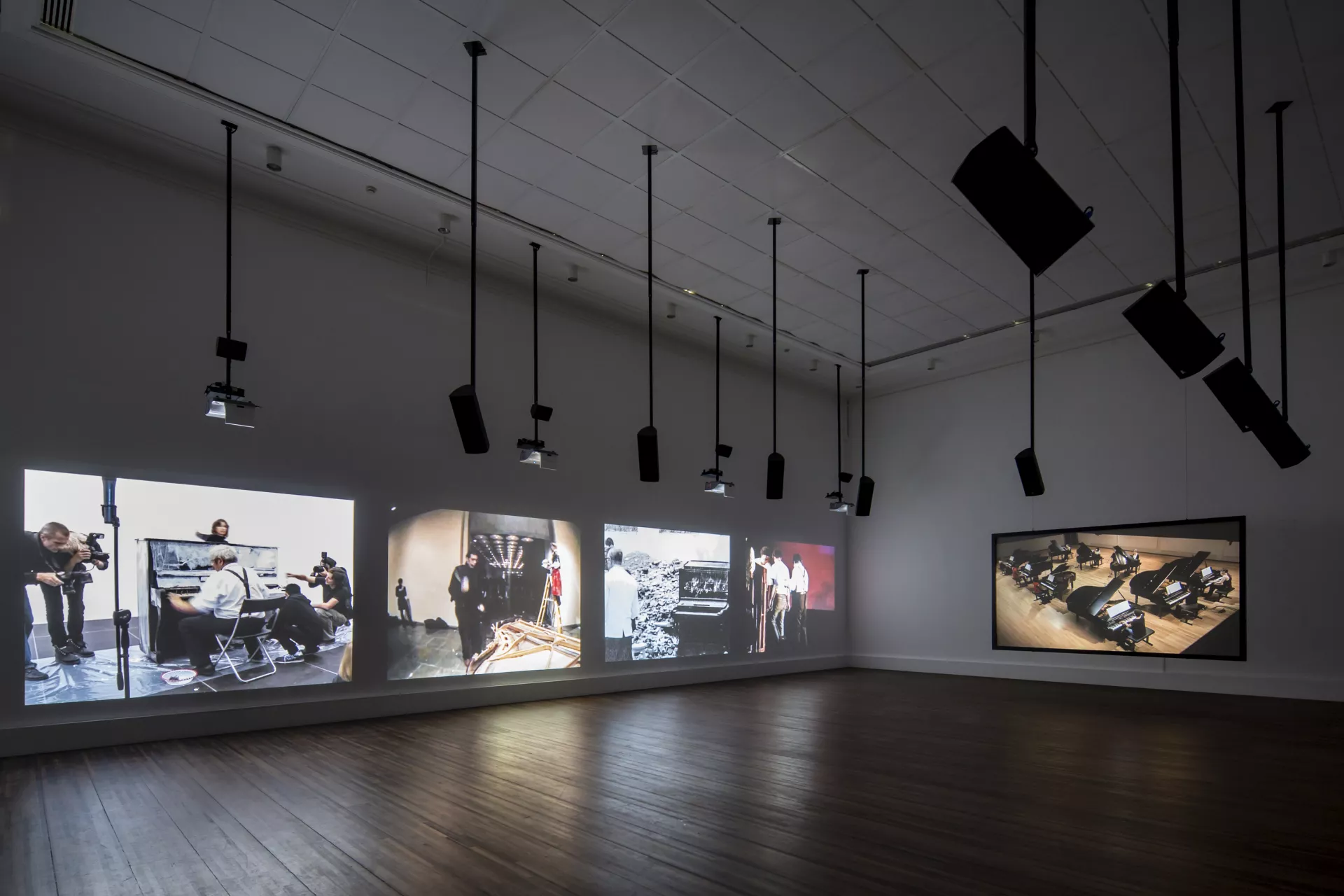
Italian artist Gilberto Zorio, associated with the Arte Povera movement, combines language and alchemy in his work, exploring transformative natural phenomena like evaporation and oxidation. His pieces often symbolize revolutionary human creativity. In È Utopia, La Realtà, È Rivelazione, Zorio presents a minimalist installation featuring fluorescent letters on a metal bar, illuminated by halogen and spotlights. The piece reveals a hidden message, “it’s utopia, reality is revelation,” suggesting that the ordinary, in its simplicity, holds the potential for epiphany and may even embody utopia itself.
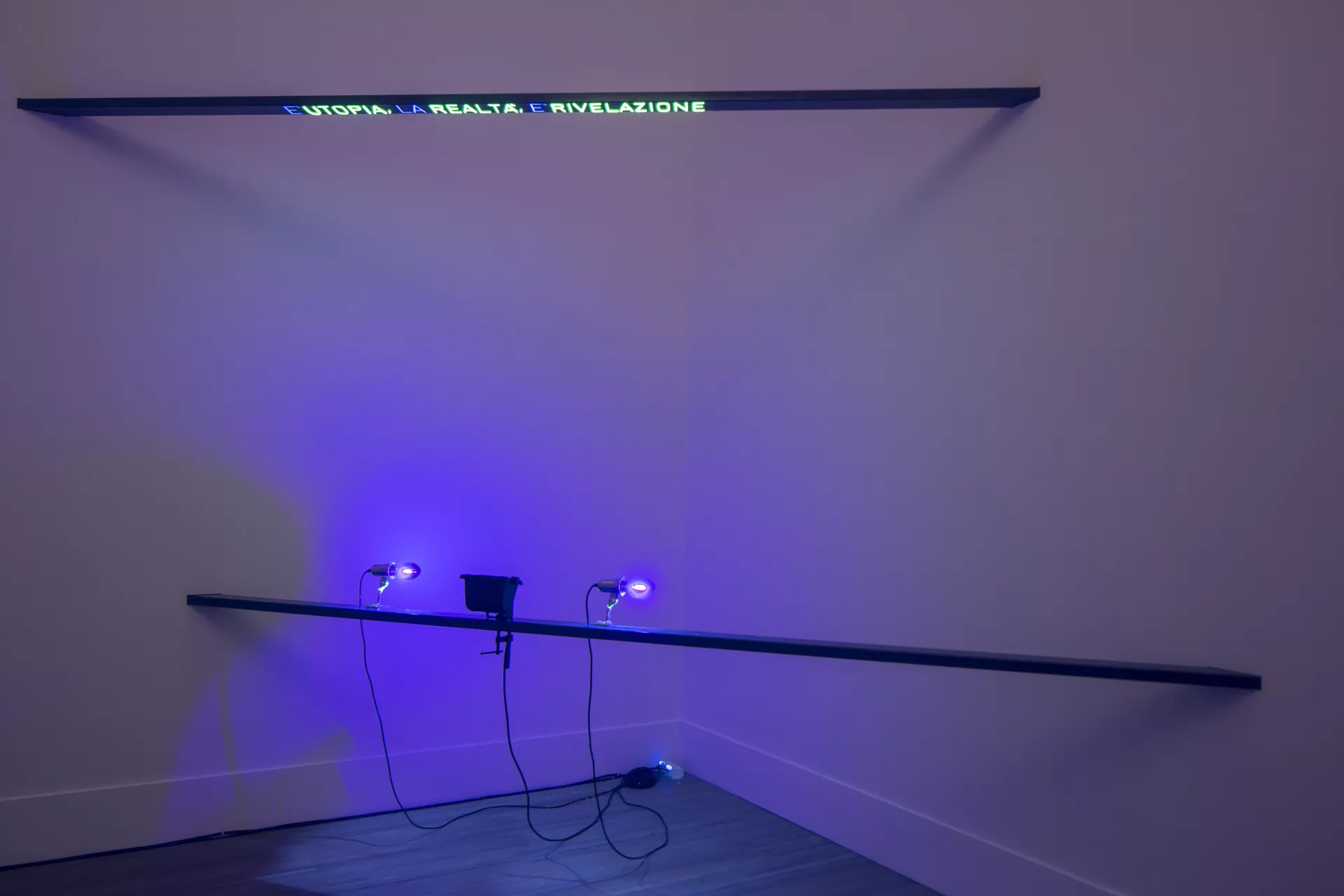
An van Dienderen is a Belgian filmmaker known for her documentaries and writings on visual anthropology, cultural diversity, and urbanization. Her work explores the relationship between art and society, addressing the tension between fact and fiction, imagination and observation. In Lili (2013), van. Dienderen examines the history of "China Girls" in cinema—Caucasian women used as color references in film. Through archival material and found footage, the film critiques the exclusion of people of color in film history, highlighting the societal implications of this color-based norm.
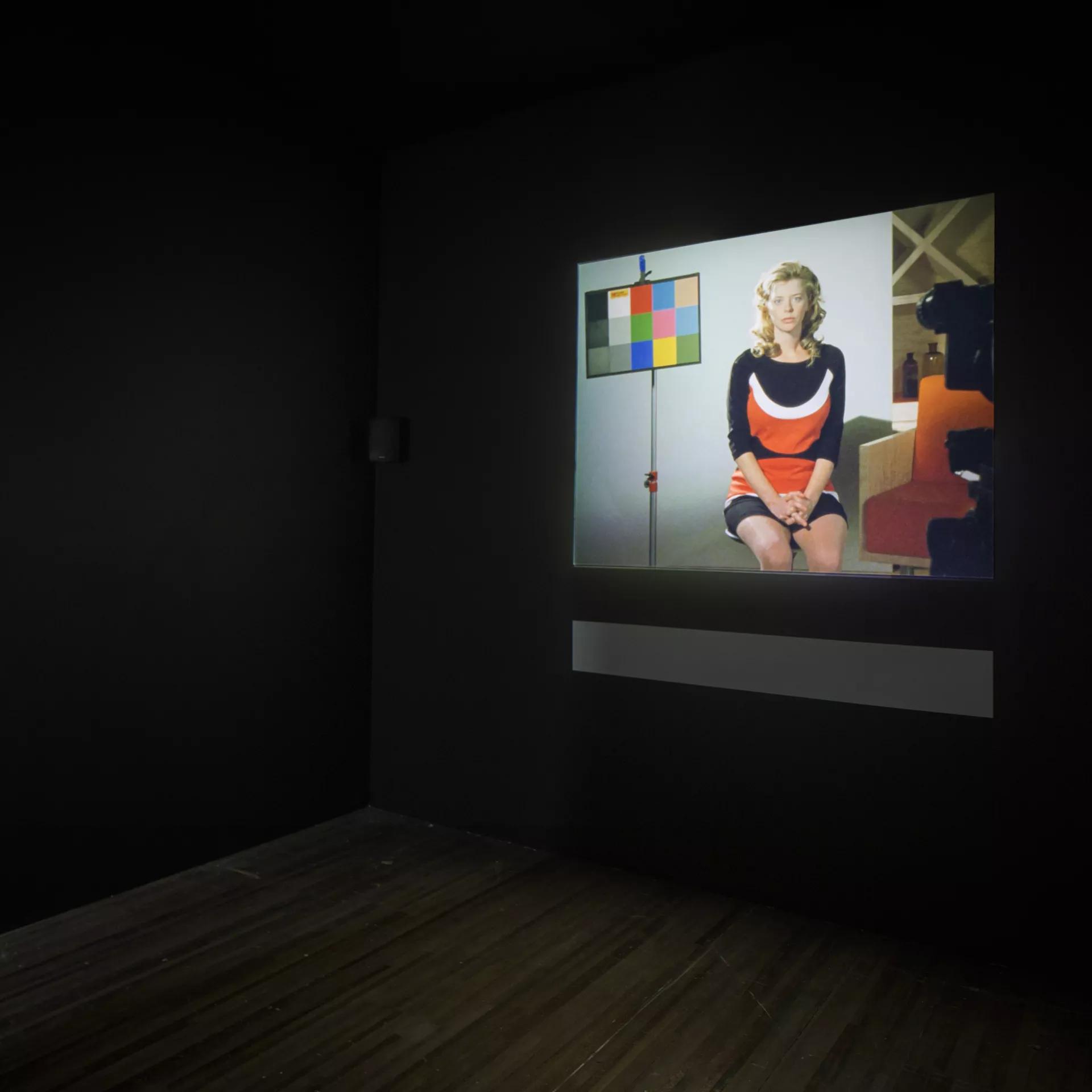
Gilad Ratman, an Israeli artist based in Tel Aviv, explores collective human behavior through videos and installations. His works push narrative boundaries, subverting causality to create spaces where poetry and pathos coexist. Swarm (2013), a multi-channel video installation, features small drones resembling insects that move around Styrofoam structures. These drones mimic a swarm, acting collectively without a central authority. The installation evokes a world where cooperation and competition fluidly merge, reflecting the complexities of human interaction in an ambiguous, interconnected environment.
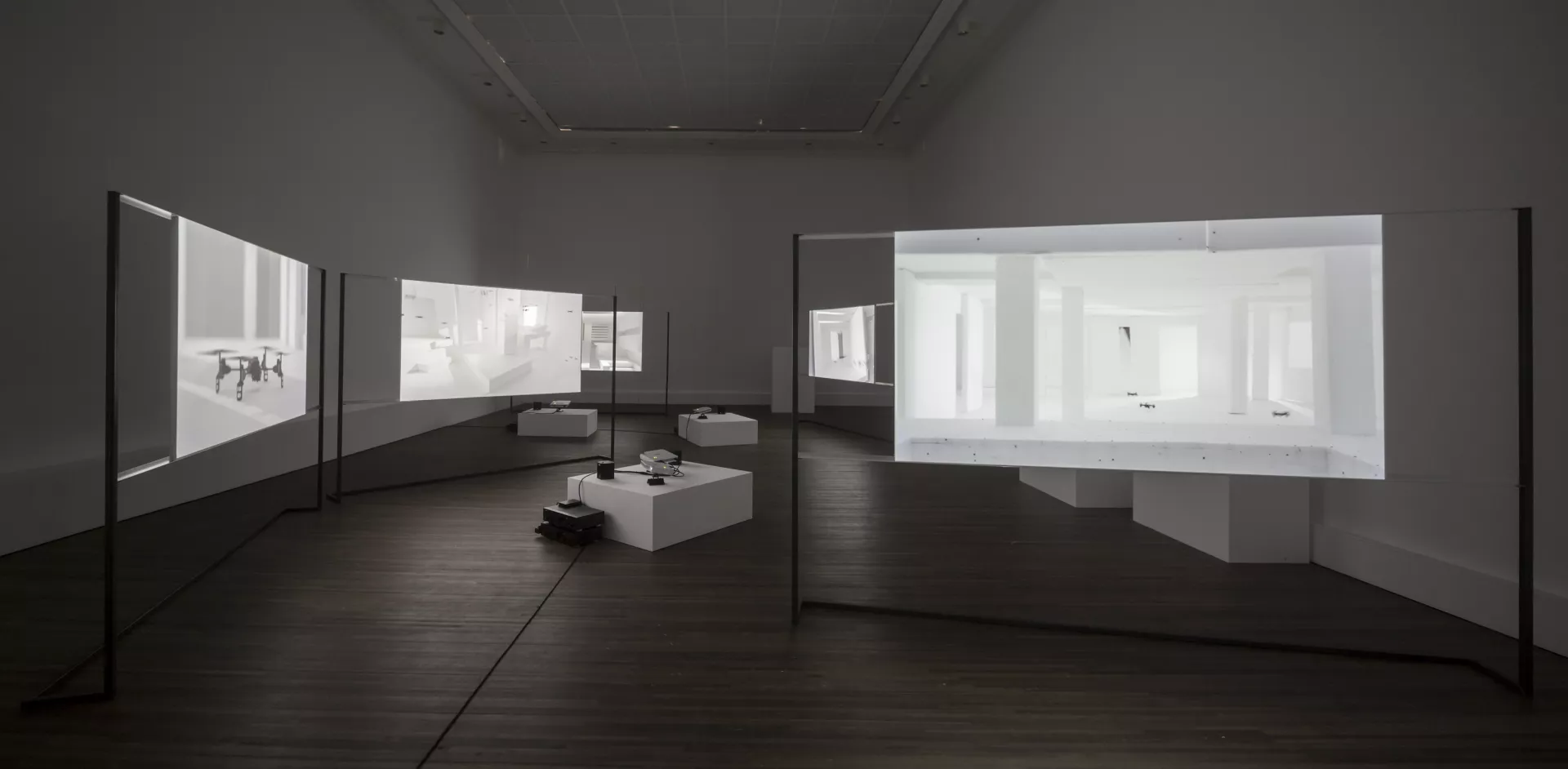
Venezuelan artist Javier Téllez, influenced by his background as the son of psychiatrists, explores mental illness and marginalized populations in his art. Through installation, film, and video, he examines the boundaries between normal and abnormal, and creativity and pathology. In Bourbaki Panorama (2013), Téllez reinterprets the nineteenth-century panorama medium to address migration. His 35 mm film, set in the Bourbaki Panorama in Luzern, depicts an episode from the Franco-Prussian war, with refugees portraying scenes from the painting. The work invites reflection on humanitarianism and realism in the context of migration.
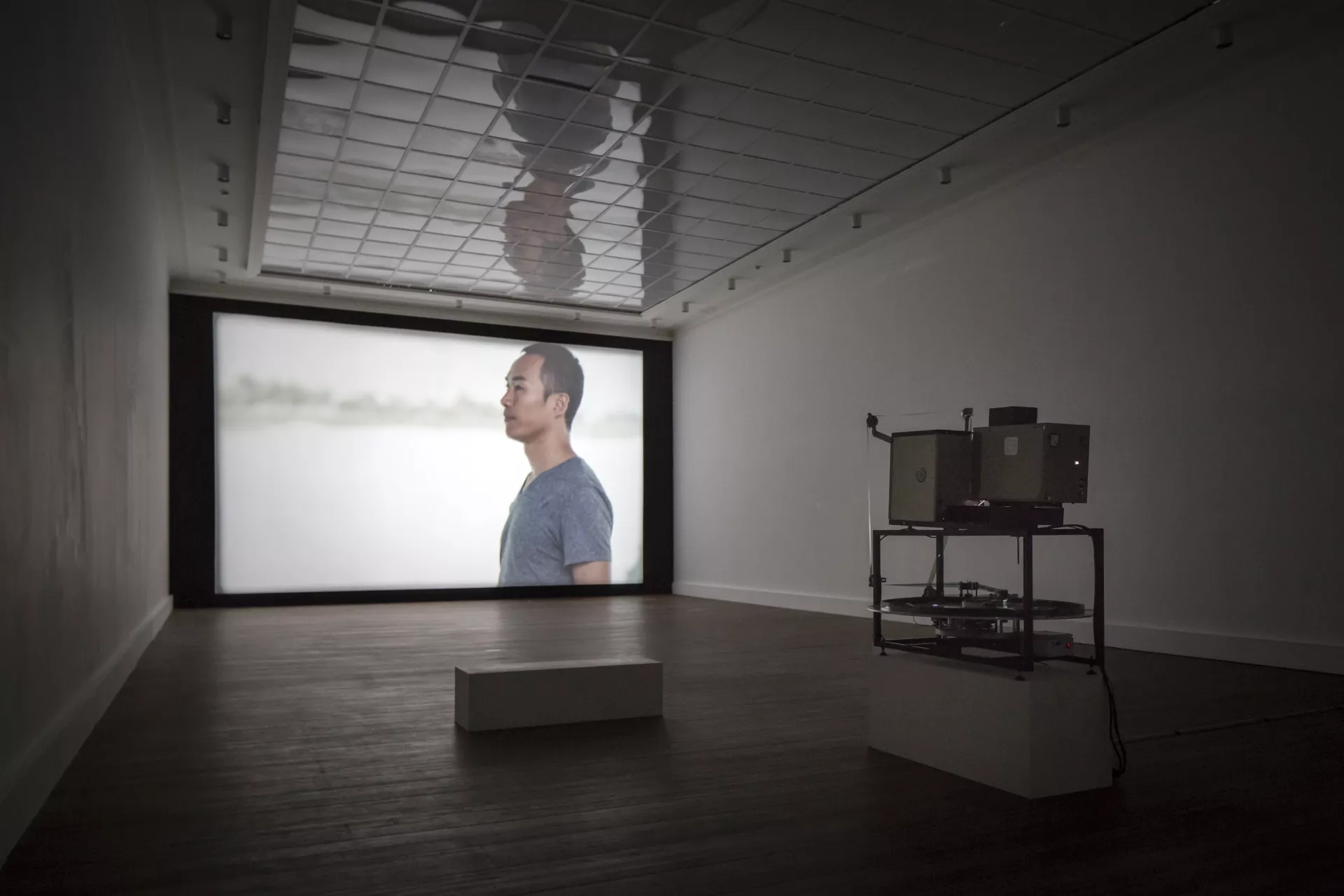
DE VLIETENKELDER
The Vlietenkelder, hidden beneath Mechelen's IJzerenleen, is a historical relic of the city's past. Once part of the city canal, it was filled in during the 16th century and restored in 2012. Serving as an air-raid shelter during World War II, it remains a symbol of Mechelen's turbulent history.
ARTISTS & WORKS
Italian artist Michael Fliri, from South Tyrol, explores themes of metamorphosis and masquerade in his work, using media like performance, video, photography, and sculpture. His practice often navigates between two contrasting ideas or worlds. In I Pray I’m A False Prophet (2013), commissioned by CONTOUR 7, Fliri merges absurd performance with a paradoxical quote by Thomas More. The video presents a surreal, extra-temporal narrative where Fliri stages a contemporary martyrdom, replacing beheading with the forced impression of his face on soft material, creating an effigy reminiscent of memorials.
Rabih Mroué is a Lebanese theatre director, visual artist, and playwright known for his avant-garde contributions to Lebanese theatre, blending video, text, and installation art. His work often confronts Lebanon’s tragic history, revealing the monstrosity of human actions through powerful visuals and narratives. In The Crocodile Who Ate The Sun, Mroué presents 12 diasec photos with text and pamphlet, addressing traumatic memories linked to Lebanon's past. His videos, including Old House, Noiseless, and Two Hours Without War, explore the effects of war and violence, using time, montage, and text to evoke somber reflections. The Vlietenkelder’s history as a bomb shelter and transit point adds depth to his poignant commentary.
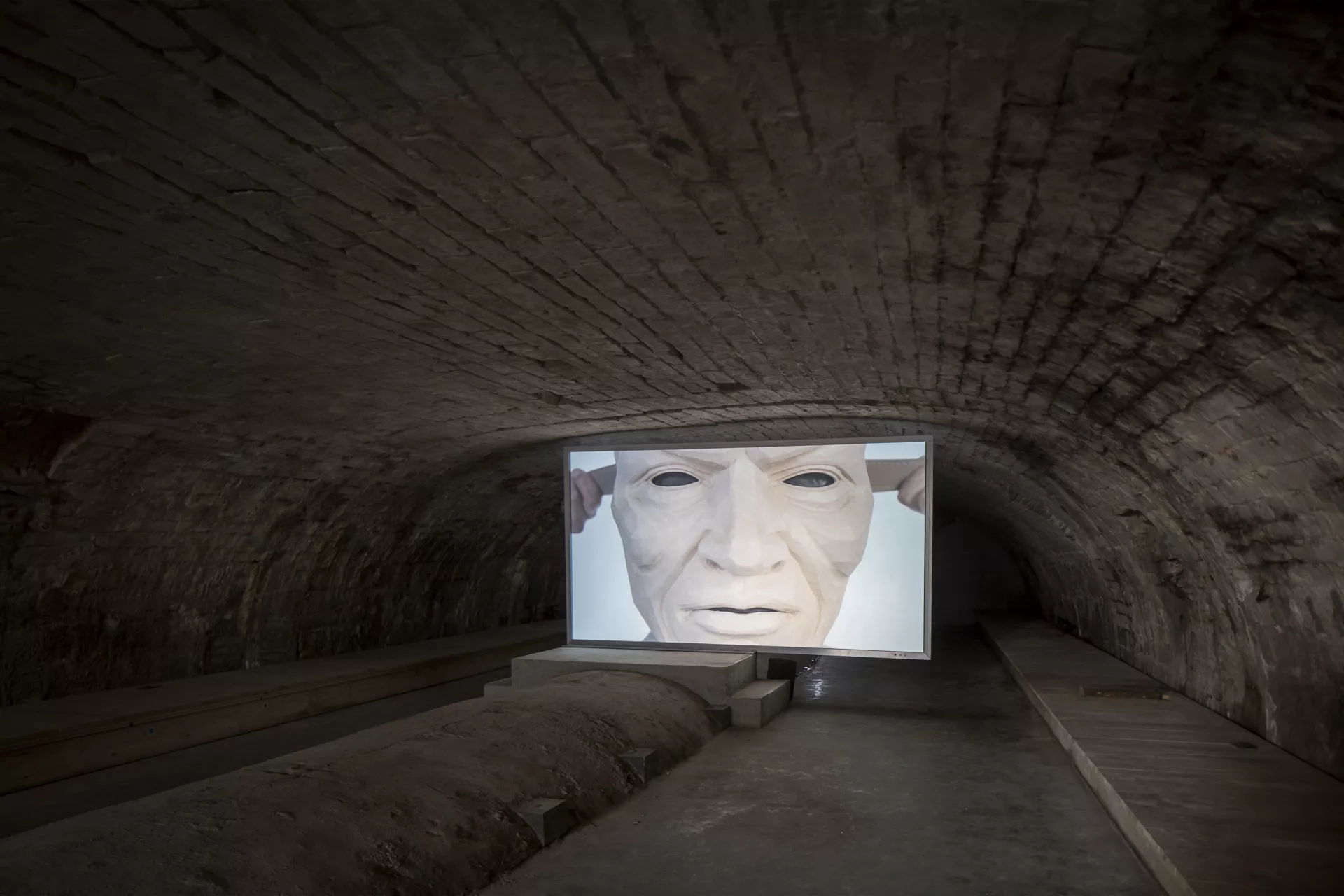
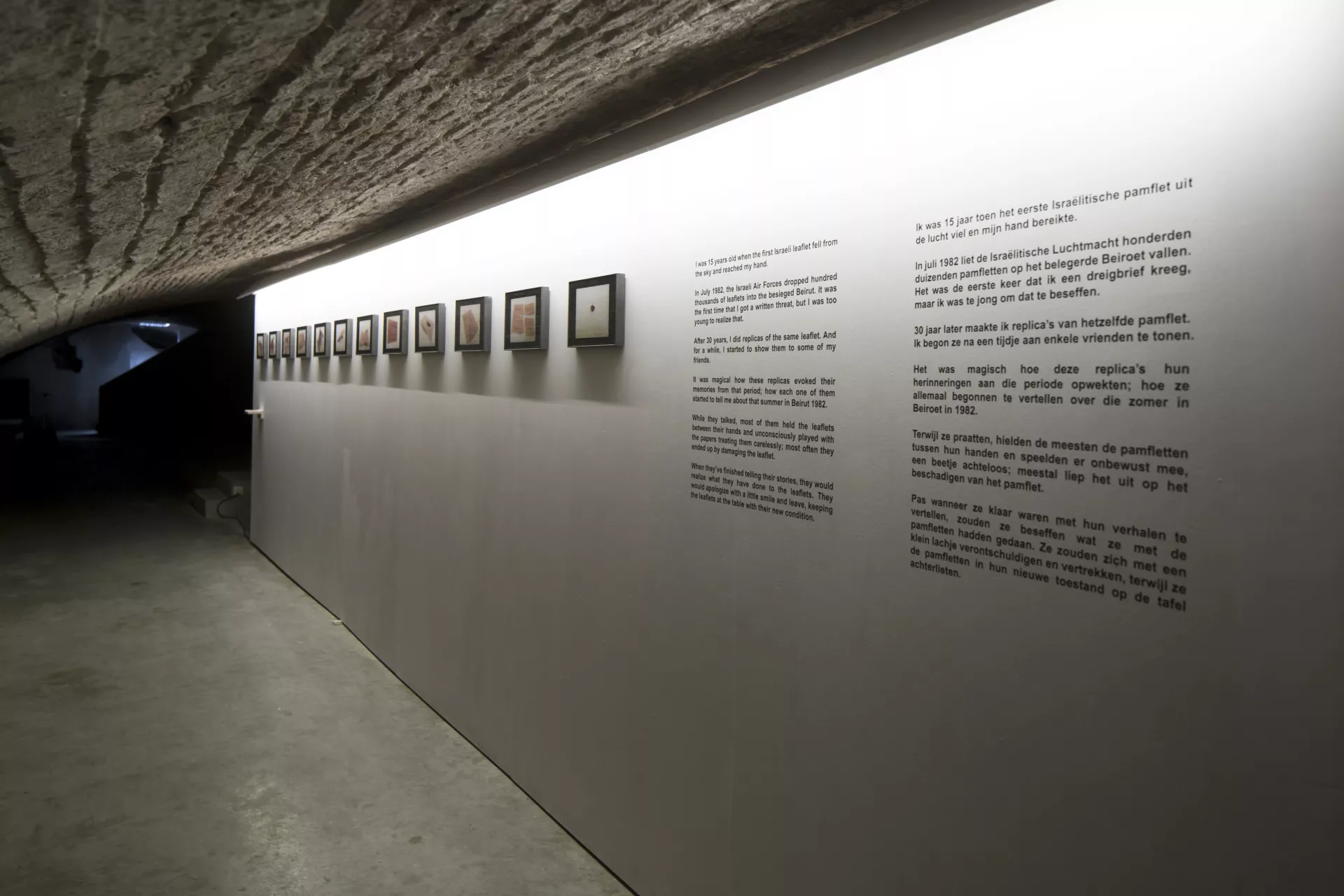
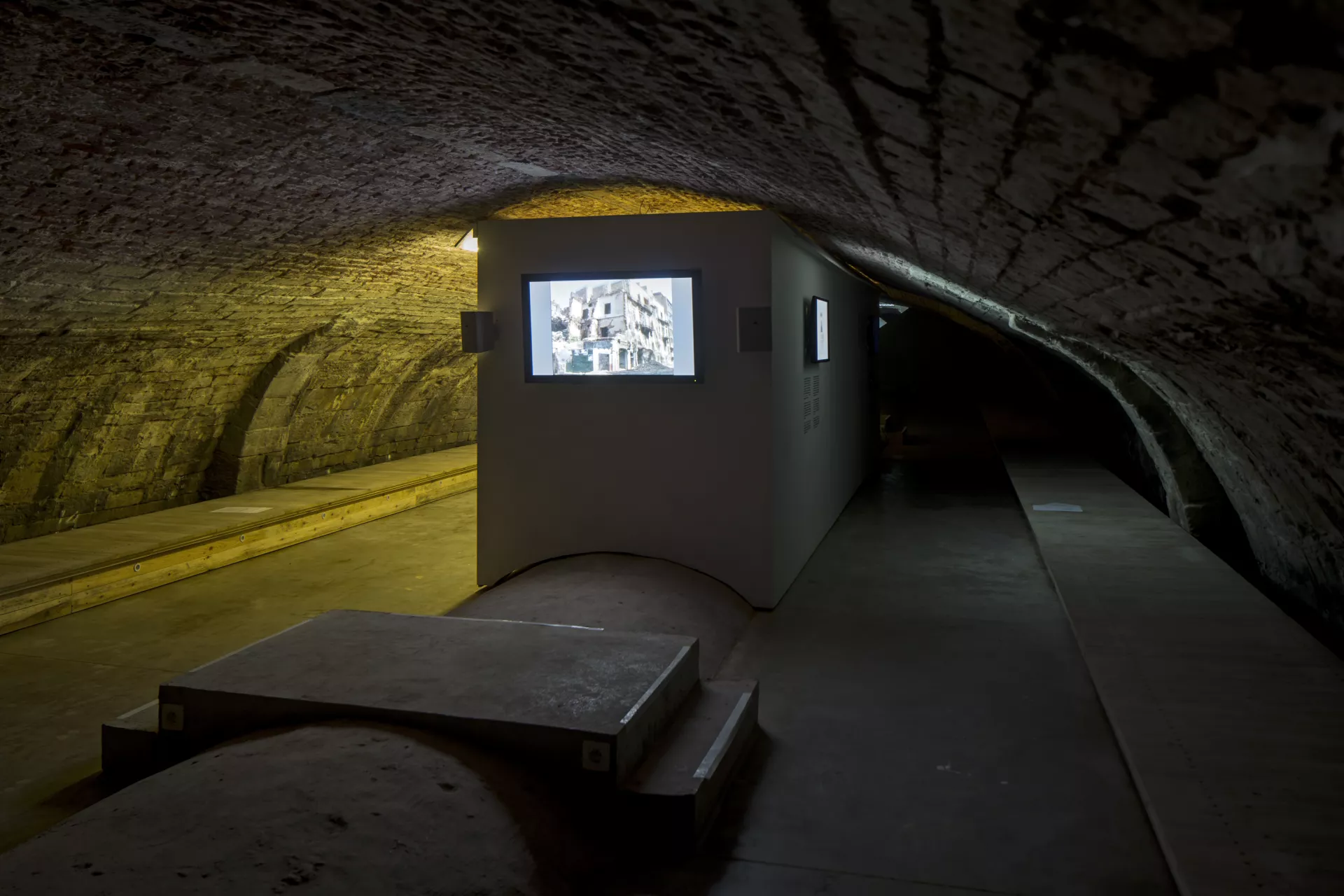
HOF VAN BUSLEYDEN / FOOLING UTOPIA LIBRARY
In the Hof van Busleyden, visitors to CONTOUR 7 were able to quench their thirst for every possible form of utopian literature and ideals, ranging from relaxing children’s books and light-hearted comics to learned philosophical tomes and illuminating essays. The library included a selection of sound bites on Utopia and Europe from the archive of the internationally acclaimed online art-radio RAM Radioartemobile.
The first and third editions of Thomas More’s book Utopia, printed in Leuven (1516) and Basel (1518) respectively, were on show in the underground gallery at the Hof van Busleyden specially for the Biennale. Furthermore, every aspect of the Fooling Utopia theme was analyzed in a series of guest lectures.
ARTISTS & WORKS
A Dog Republic, initiated in 2011 by Jean-Baptiste Decavèle, Nico Dockx, Helena Sidiropoulos, Yona Friedman, and Krist Torfs, explores the idea of creating an independent republic. Their demonstrations have been presented at various international venues, such as Ludlow38 in New York and the Venice Biennale. The group collaborates with graphic designer Thomas Mayfried on a series of artist books. RAM Radioartemobile, founded in 2003 by Mario Pieroni and Dora Stiefelmeier, is a platform for sound research and exhibitions. It connects visual and sound art through global collaborations. For CONTOUR 7, A Dog Republic, in collaboration with RAM Radioartemobile, presented Let’s Talk Peace!, a 16 mm film and multi-channel sound installation. The participative installation invited visitors to record barking discussions via an online app, exploring the gap between humans and animals in a playful, yet critical, gesture. The exhibition also featured works by Jannis Kounellis and Carl Michael von Hausswolff.
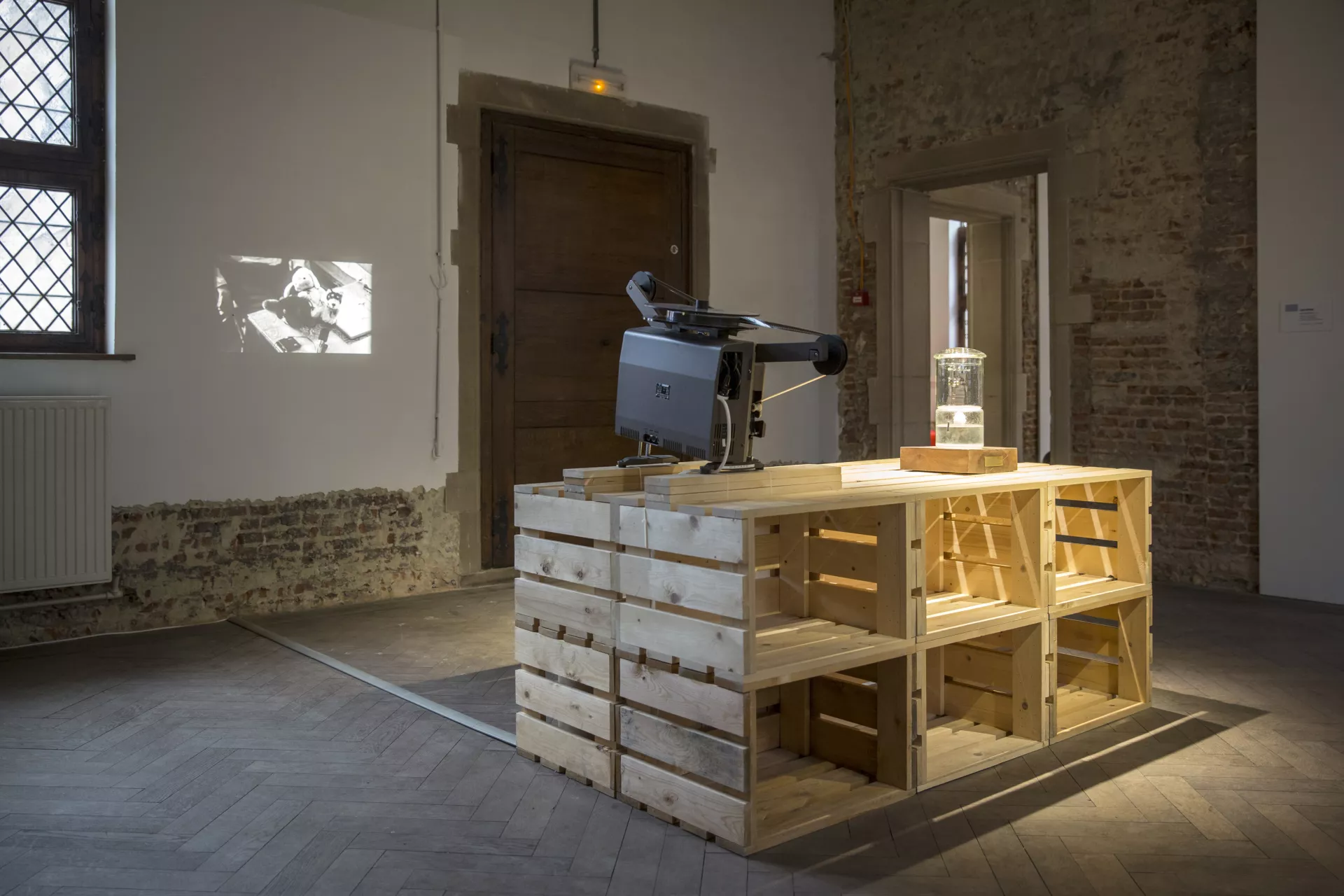
AaBbPp is a Vilnius-based collective founded by Lithuanian artists Gintaras Didžiapetris and Elena Narbutaité in 2015. They explore art through video, print, photography, and sculpture, questioning art, perception, history, and the intersection of fact and fiction. For CONTOUR 7, AaBbPp created three "Official Hats" inspired by imperial China and team wear, blending ready-to-wear and prototypes. Their hats and online presence challenge commercial art practices. They also produced a one-and-a-half-hour video mix, reshaping footage from the British series Magic Roundabout into an "Acid Round About," further blurring the line between fact and fiction.
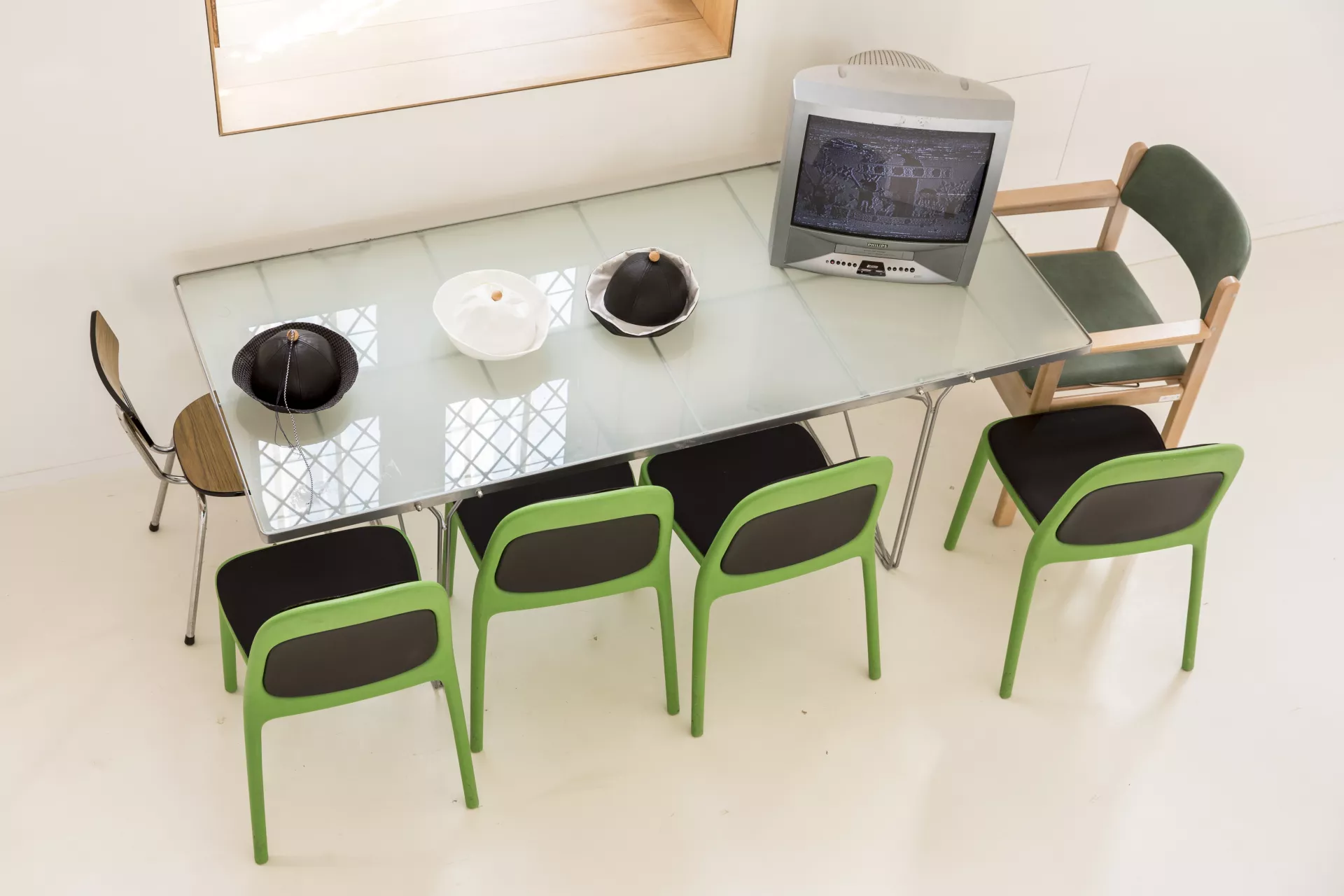
Slavs and Tatars is an art collective that explores the region between the former Berlin Wall and the Great Wall of China, focusing on the intersection of European, Slavic, and Asian identities. Founded in 2006 as a reading group, the collective examines the region’s historical narratives and the tensions between Eastern and Western cultures. Their work spans various media, defying fixed styles and disciplines. At CONTOUR 7, their installation Lektor (Speculum Linguarum) used six-channel sound and plexiglass to explore medieval guidebooks for rulers, offering humorous guidance on moderation and communication. Along with Hung and Tart (Full Acacia), a handblown glass tongue model, these works form part of their broader project Mirrors for Princes, reflecting on cultural and philosophical traditions.
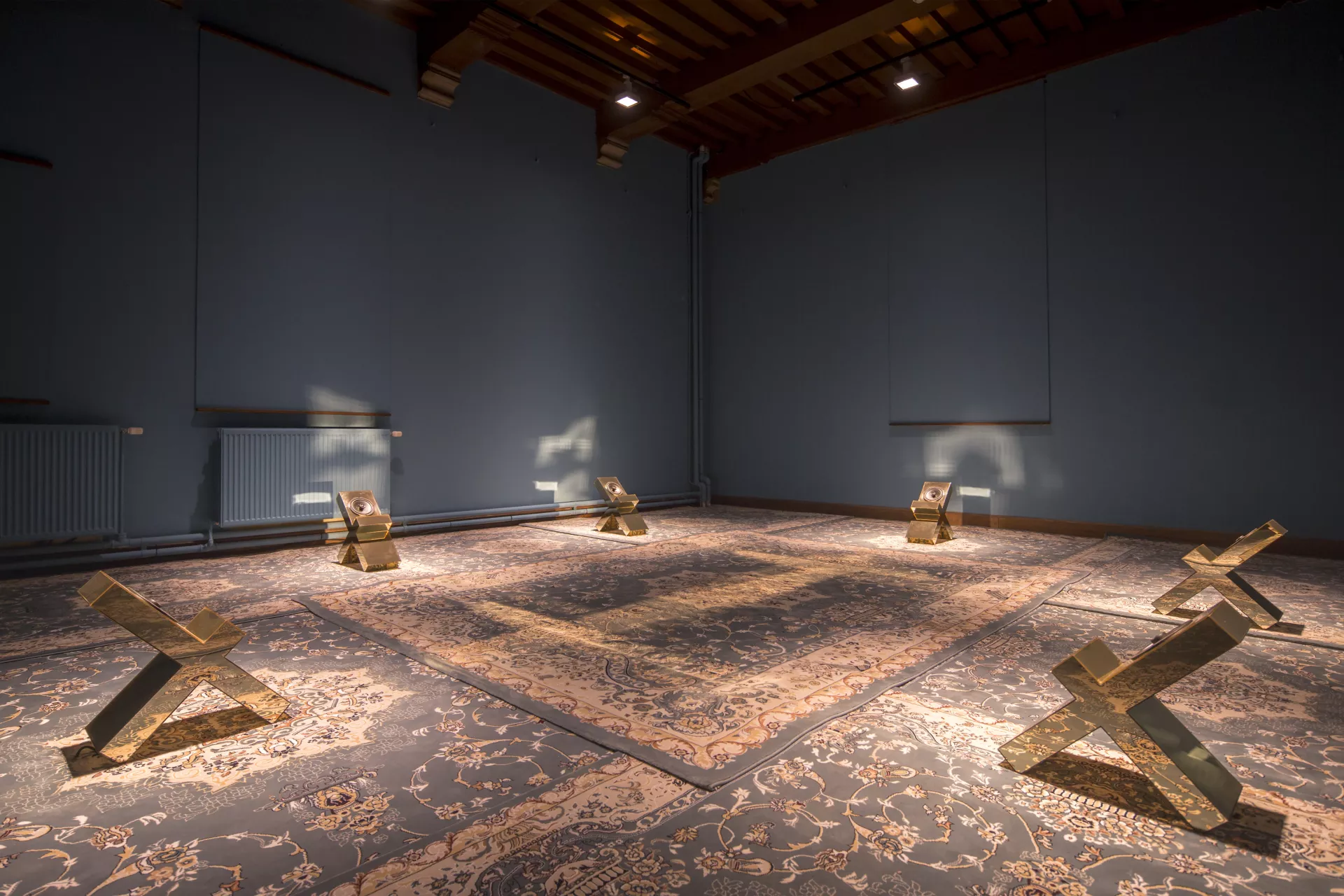
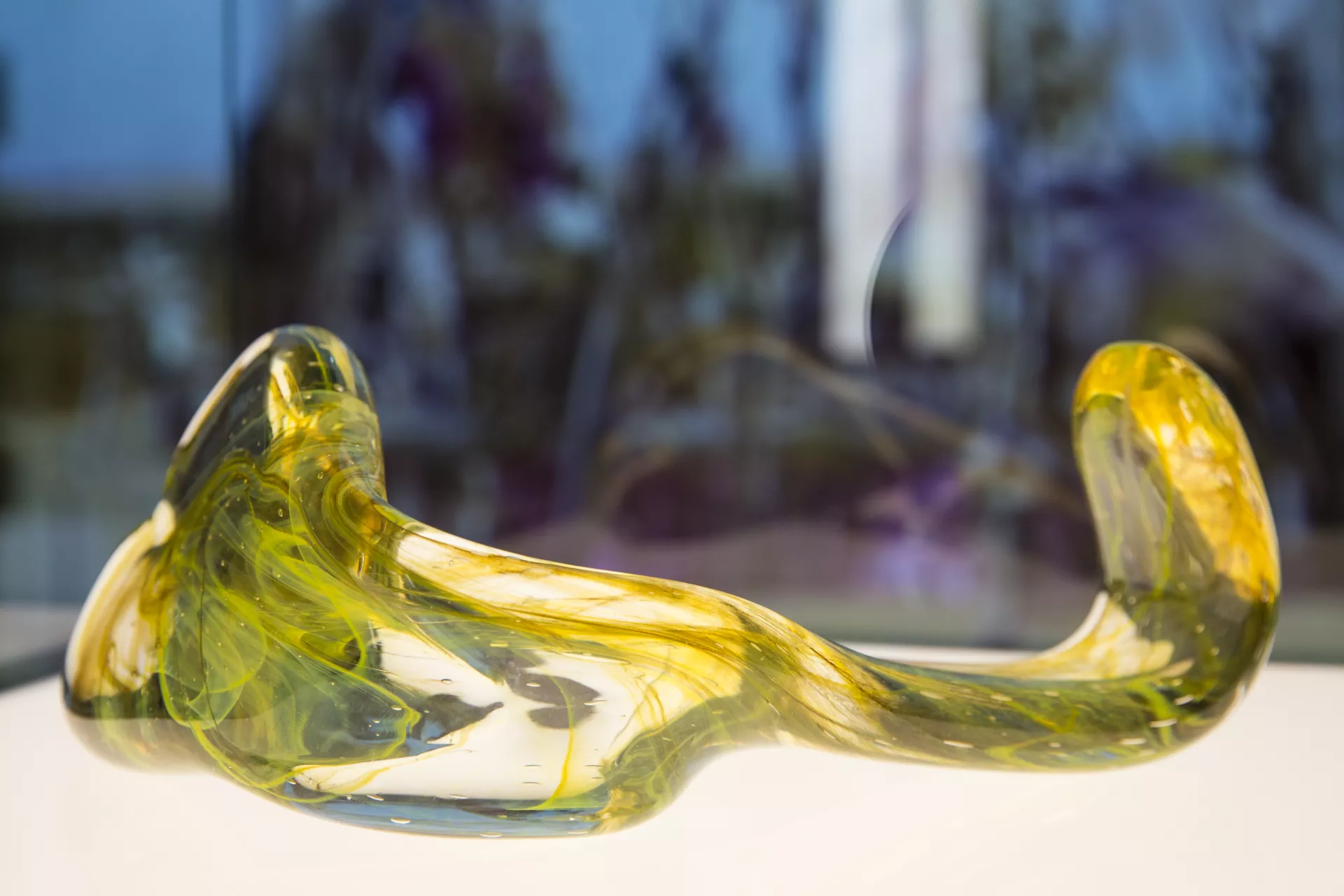
Albert Serra is a Spanish film director known for his unique approach to contemporary cinema. His films reanimate mythical heroes with a focus on the ordinary weight of existence, turning landscapes into meditative dramas. Serra's work has been recognized at major festivals like Cannes and Locarno. For CONTOUR 7, he presented The Lord Worked Wonders in Me (2011), a two-channel video installation. The film featured a crew from his Honor of Knights (2006) as they wandered through La Mancha, discussing politics, love, and Don Quixote, capturing the essence of life’s quiet, forgotten moments while waiting for a film that would never be made.
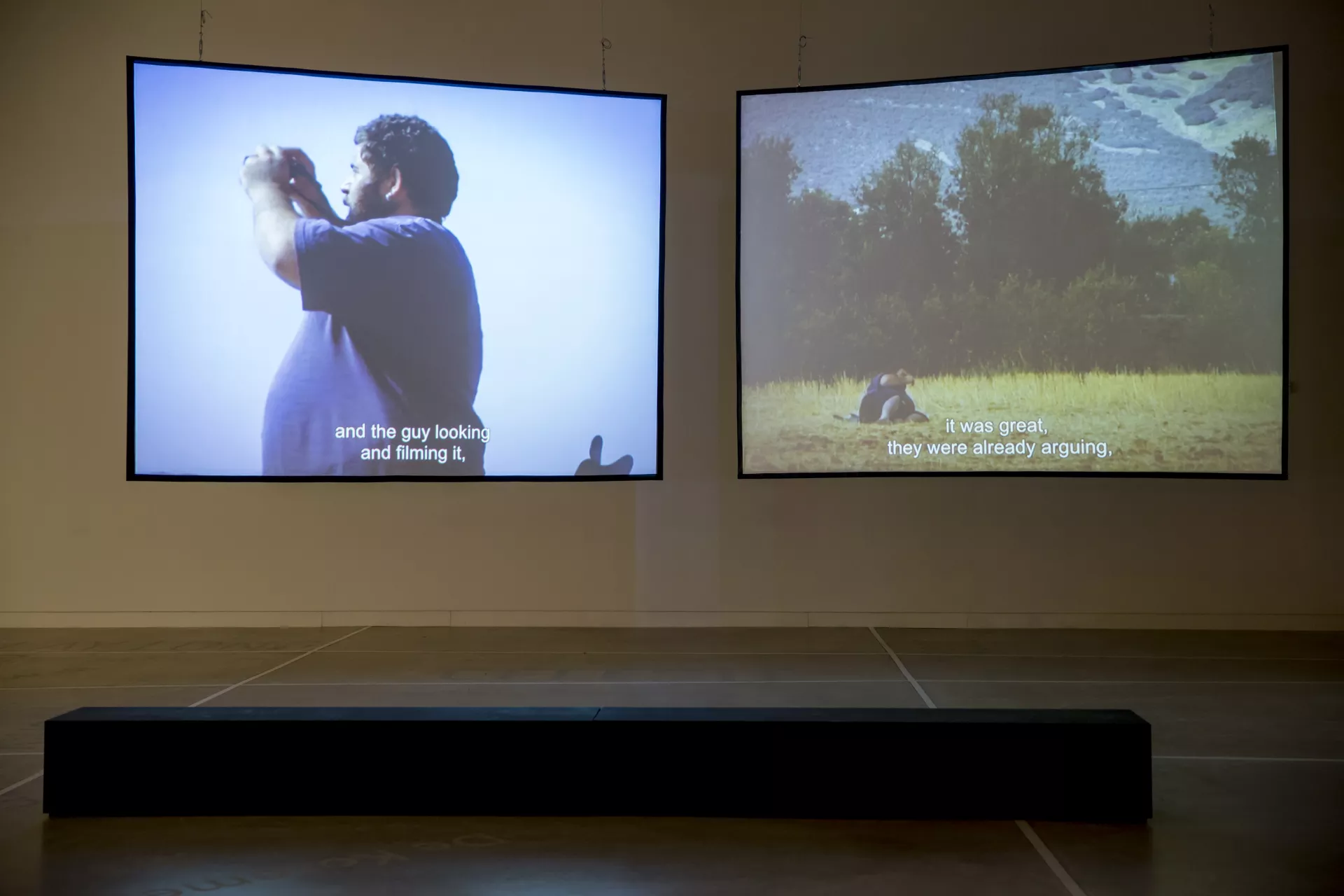
The French artist Fabrice Hyber is known for his diverse practice, viewing his work as a rhizomatic structure that evolves by drawing from a vast reservoir of possibilities. Hyber creates POF (Prototypes d’Objects en Fonctionnement) and challenges traditional language and communication. For CONTOUR 7, his multi-channel video installation TV MORE invited people from Mechelen and Belgium to share personal utopias, which were then transformed into drawings displayed on walls inspired by Hieronymus van Busleyden’s Hypocaustum. The installation included TV monitors showing the imagined consequences of these personal utopias.
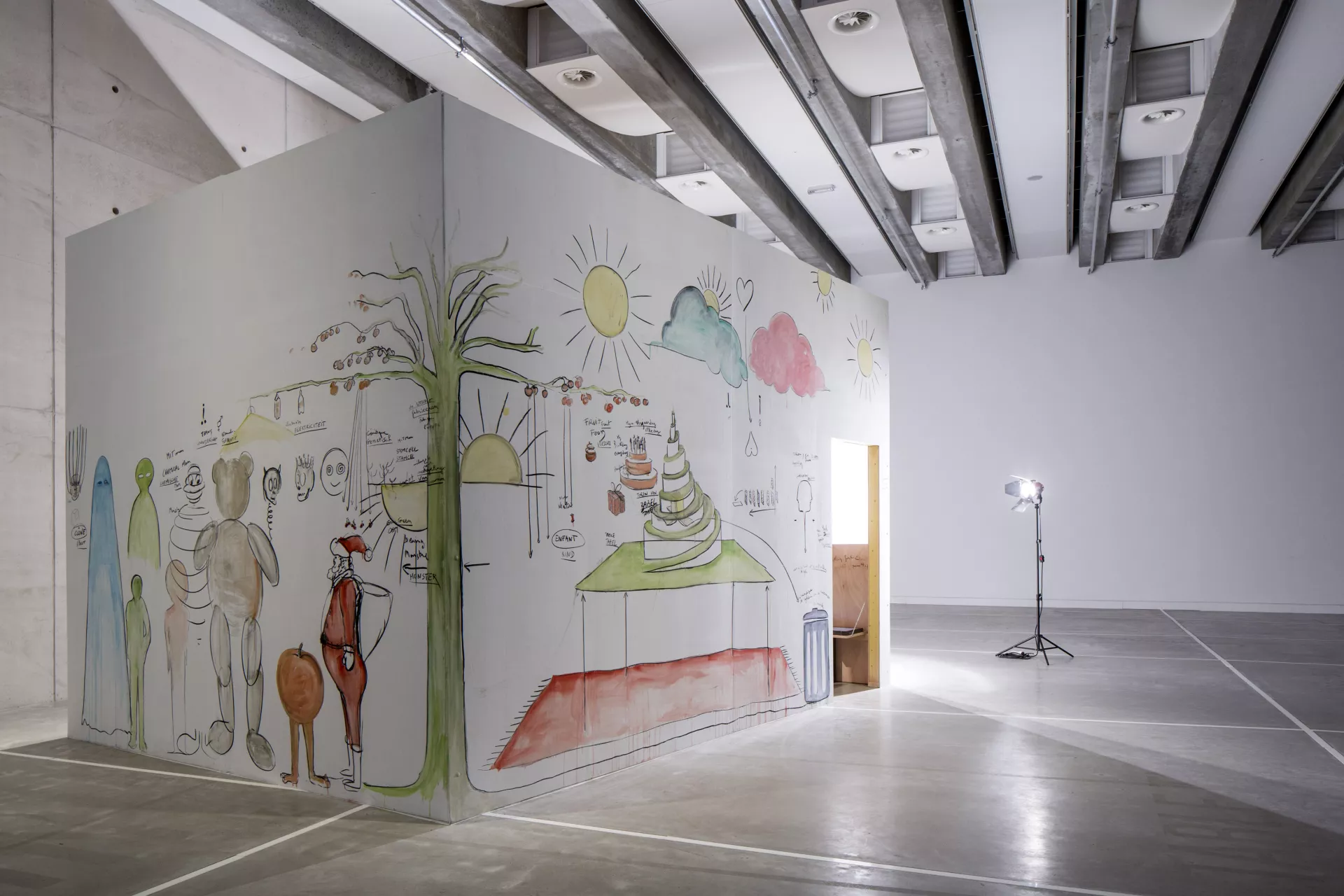
The prominent Bulgarian artist Nedko Solakov blends classical art education with conceptual elements and a sharp sense of the absurd. His work, known for its humor and fantasy, includes paintings, drawings, videos, and performances, often referencing art history. For Encyclopaedia Utopia, a three-channel video installation commissioned by CONTOUR 7, Solakov revisited his 1990 work, created after the fall of communism in Eastern Europe. In the videos, he reflected on his earlier creations, mocking both literary and political utopias, particularly the ideal society proposed by Thomas More and the communist experiment in Bulgaria.
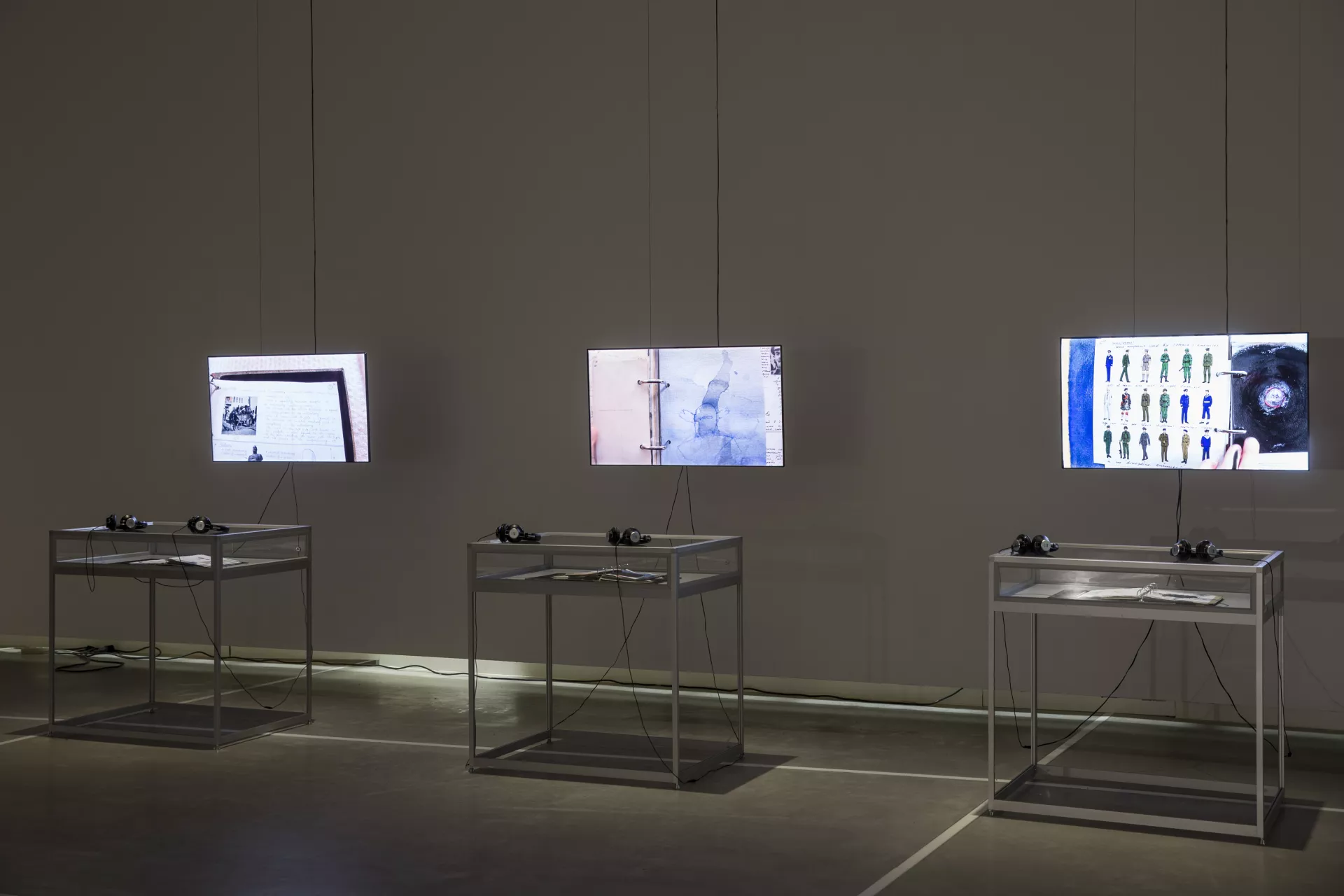
Johan Grimonprez is a Belgian artist whose work blurs the boundaries between art, cinema, documentary, and fiction. His projects explore the tensions between the intimate and global contexts, focusing on how fear shapes political and social dialogue in contemporary society. Grimonprez’s films highlight the coexistence of representation and reality. His WeTube-O-Theque video blog collected clips about ecology and sustainability, reflecting radical ecology and community life. His every day words disappear installation (2013) featured conversations with thinkers and scientists, addressing the negative impacts of fear, competition, and self-interest in social structures.
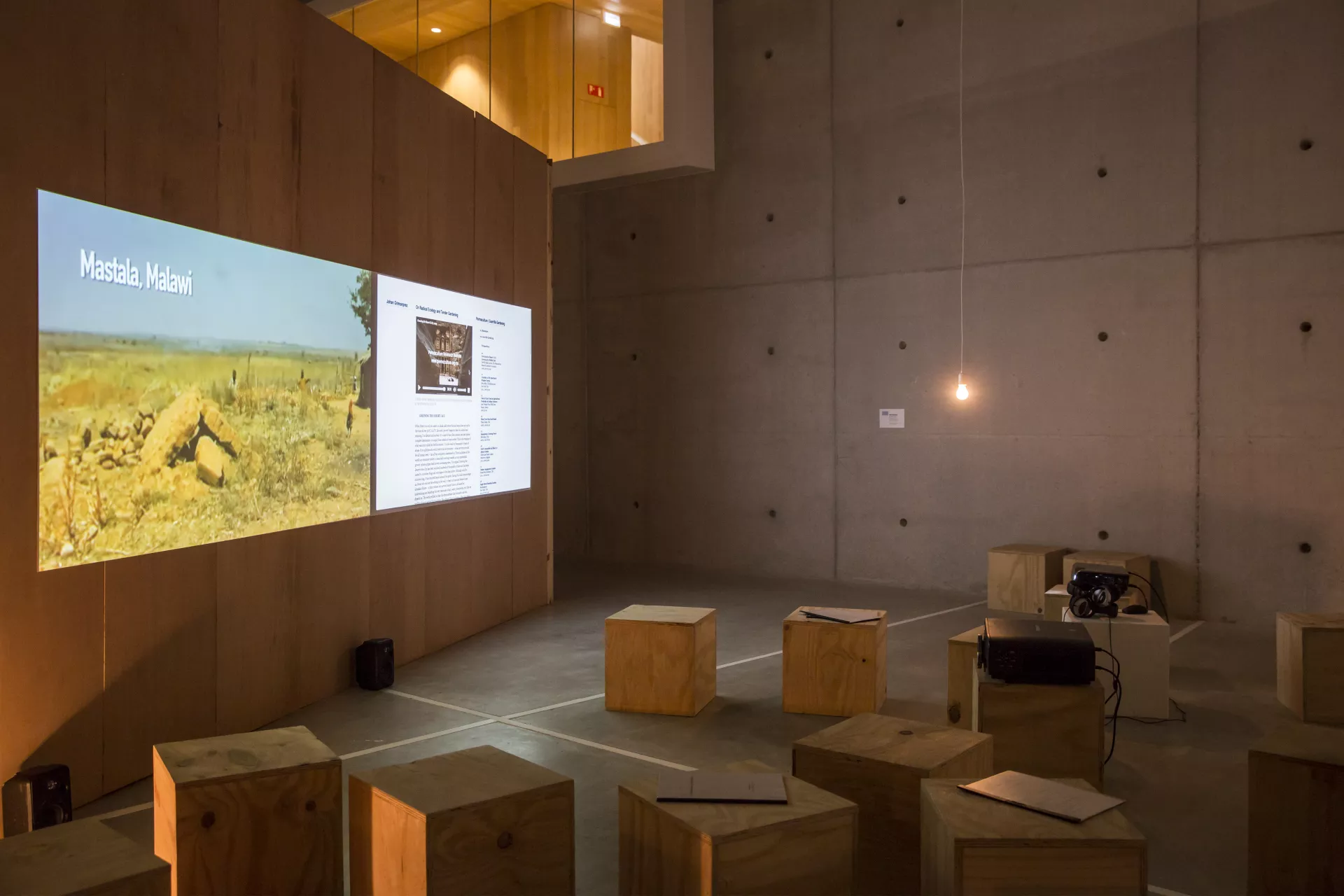
Jan Fabre is a Belgian artist, theatre director, and author, known for his exploration of the vulnerable human body and its defense, emphasizing metamorphosis in his work. His art often involves the interaction between human and animal existence, reflecting poetic resistance and beauty. Over 35 years, Fabre has created a universe governed by unique rules, symbols, and characters. At CONTOUR 7, his works included Searching for Utopia, a series of sculptures, and Hommage Aan Thomas More, a re-enactment of a 1977 performance. Fabre’s focus on utopia was seen through his sculptures, films, and historical inspirations tied to Thomas More and his humanist ideals.
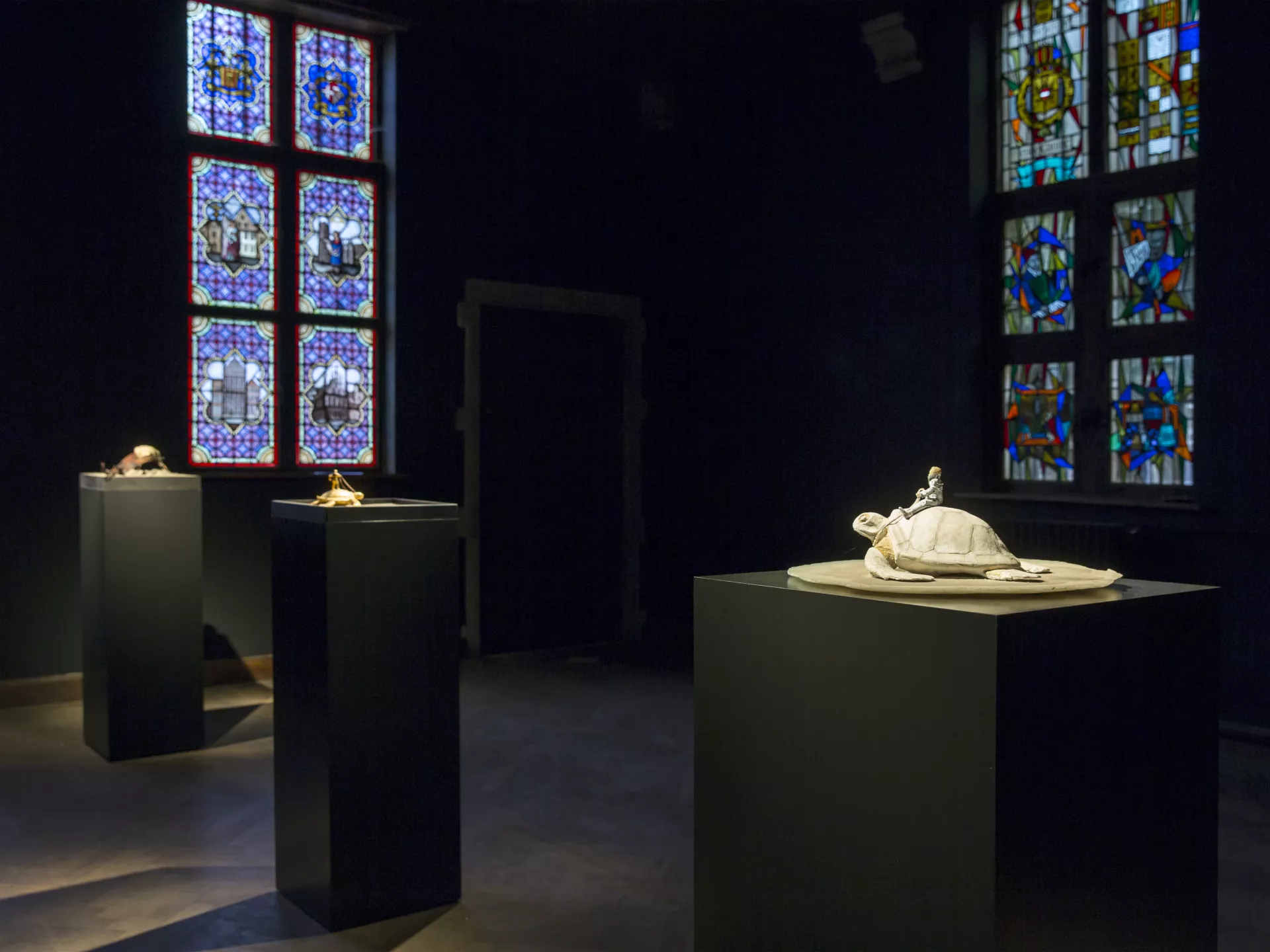
Serbian artist Ana Prvački explored the intersection of etiquette and erotics through visual art and performances. Her work, often comedic and pedagogical, addressed social anxiety and the breaking of social rules, particularly focusing on the "faux pas" made by outsiders. In The Family Fig Tree (for the Utopians it’s important to see their future spouse naked before marrying them), commissioned by CONTOUR 7, Prvački subverted a social rule from Utopia while referencing the historical use of fig leaves to neutralize erotic imagery. The video, accompanied by a fig tree and audio component, invited reflection on human relationships and origins.
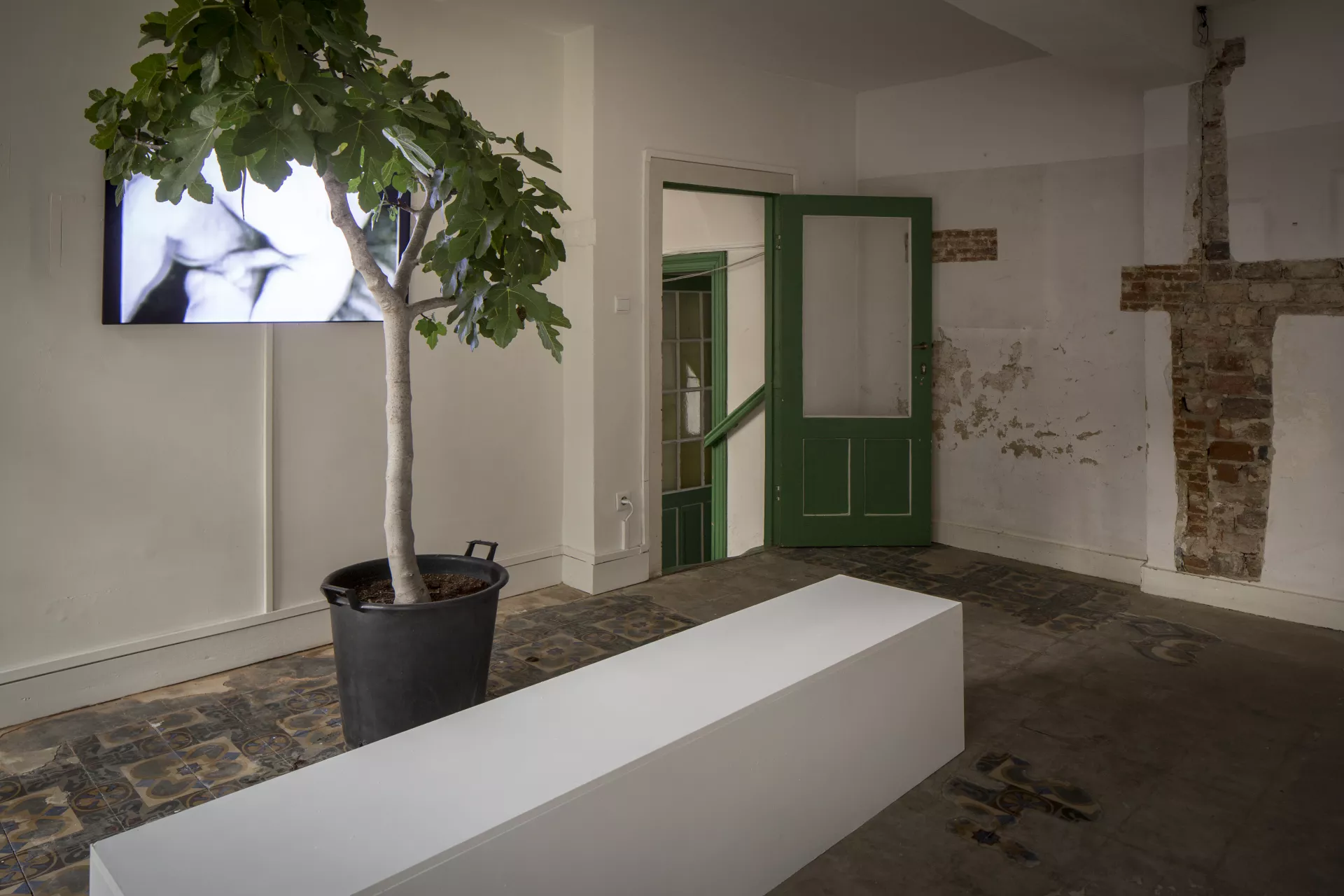
Michael Rakowitz is a multidisciplinary artist known for addressing political, social, and historical issues, particularly related to the Middle East and his Iraqi-Jewish heritage. His work creates connections between Iraqi history and Western culture, fostering new narratives that involve the audience. For CONTOUR 7, Rakowitz presented I’m Good At Love, I’m Good At Hate, It’s In Between I Freeze, a project exploring Leonard Cohen's ethical dilemmas as a post-Holocaust Jew. The installation included props, script fragments, and an olive green Olivetti Lettera 22 typewriter, linking Cohen's work to Rakowitz's exploration of conflict and culture.
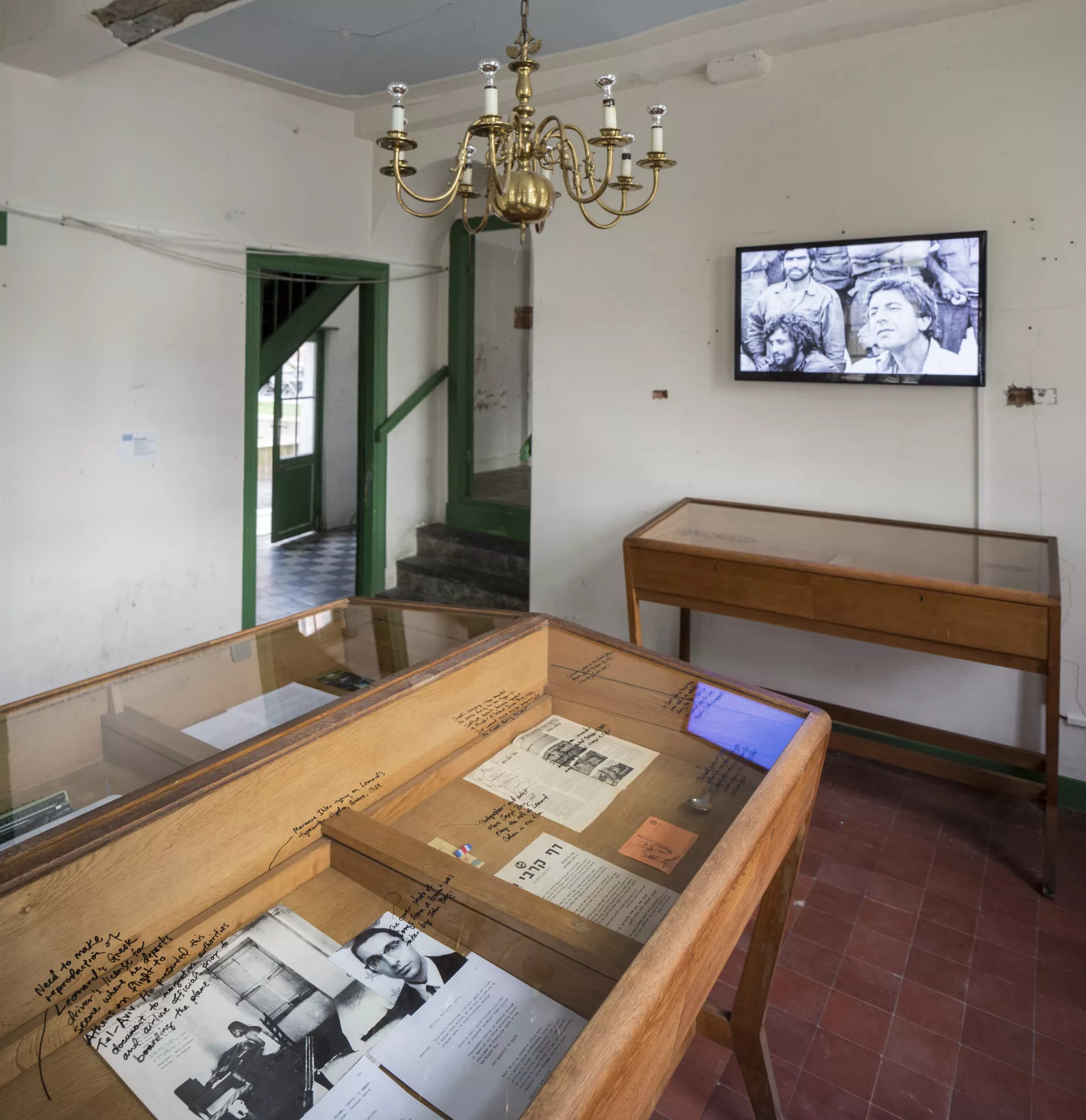
KAZERNE DOSSIN
Built in 1756 by Empress Maria Theresa, the barracks became Kazerne Dossin in 1936, named after war hero Emile de Dossin de Saint Georges. During WWII, it was a Nazi assembly camp for deportations to Auschwitz. A museum opened in 2012, commemorating victims, with the Biennial of the Moving Image exploring its dark history.
ARTISTS & WORKS
Sander Breur and Witte van Hulzen are a Dutch artistic duo working across media like video, performance, photography, and installation. Their work often addresses themes such as migration, the art world, and significant events like the Utøya massacre, while exploring the condition humaine. Rooted in romantic tradition, their art delves into the origins, meanings, and impact of images. In The Shores of an Island I Only Skirted, a double projection contrasts serene images of Utøya with a counter-image featuring migration footage, revealing how what seems idyllic may hold a darker reality.
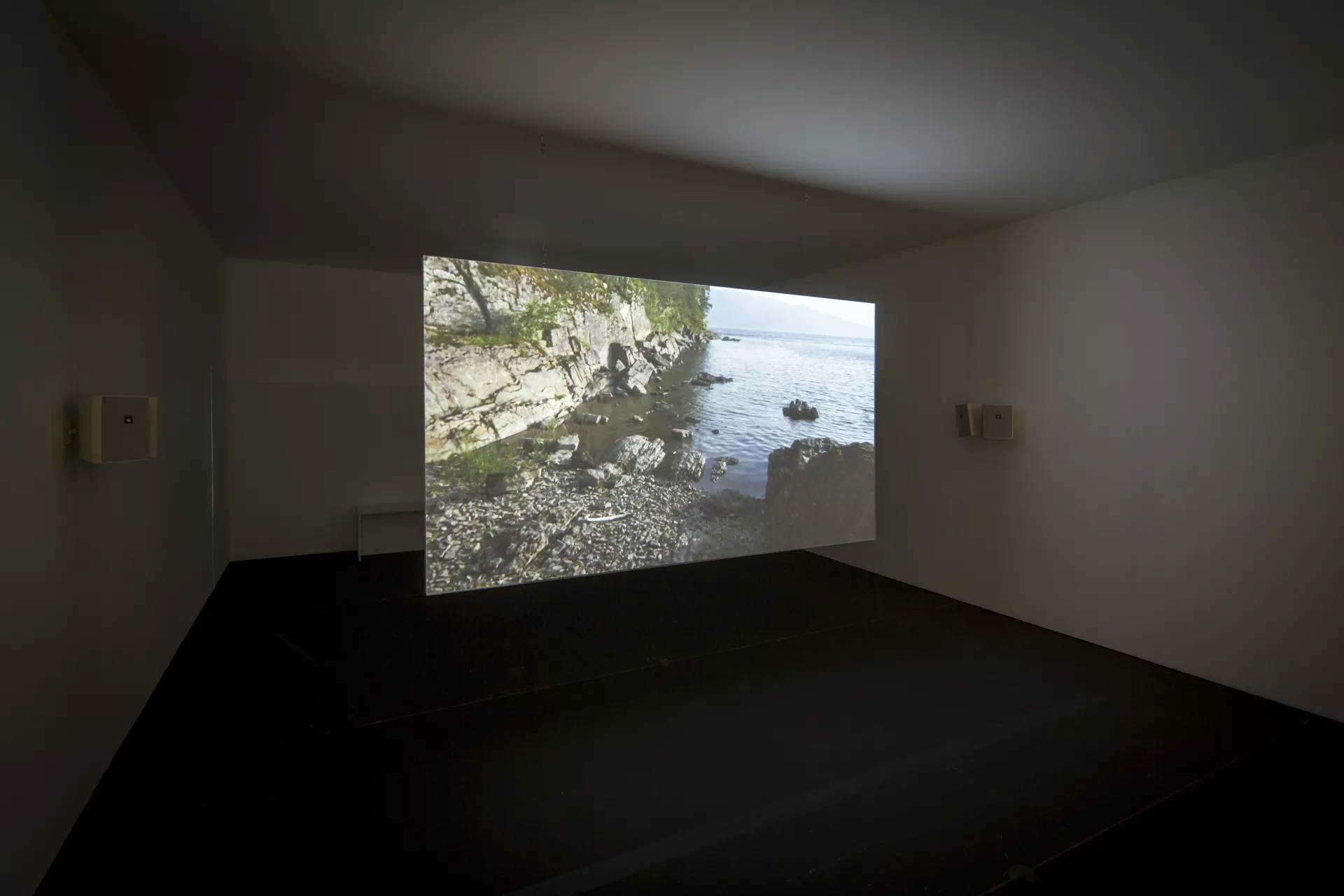
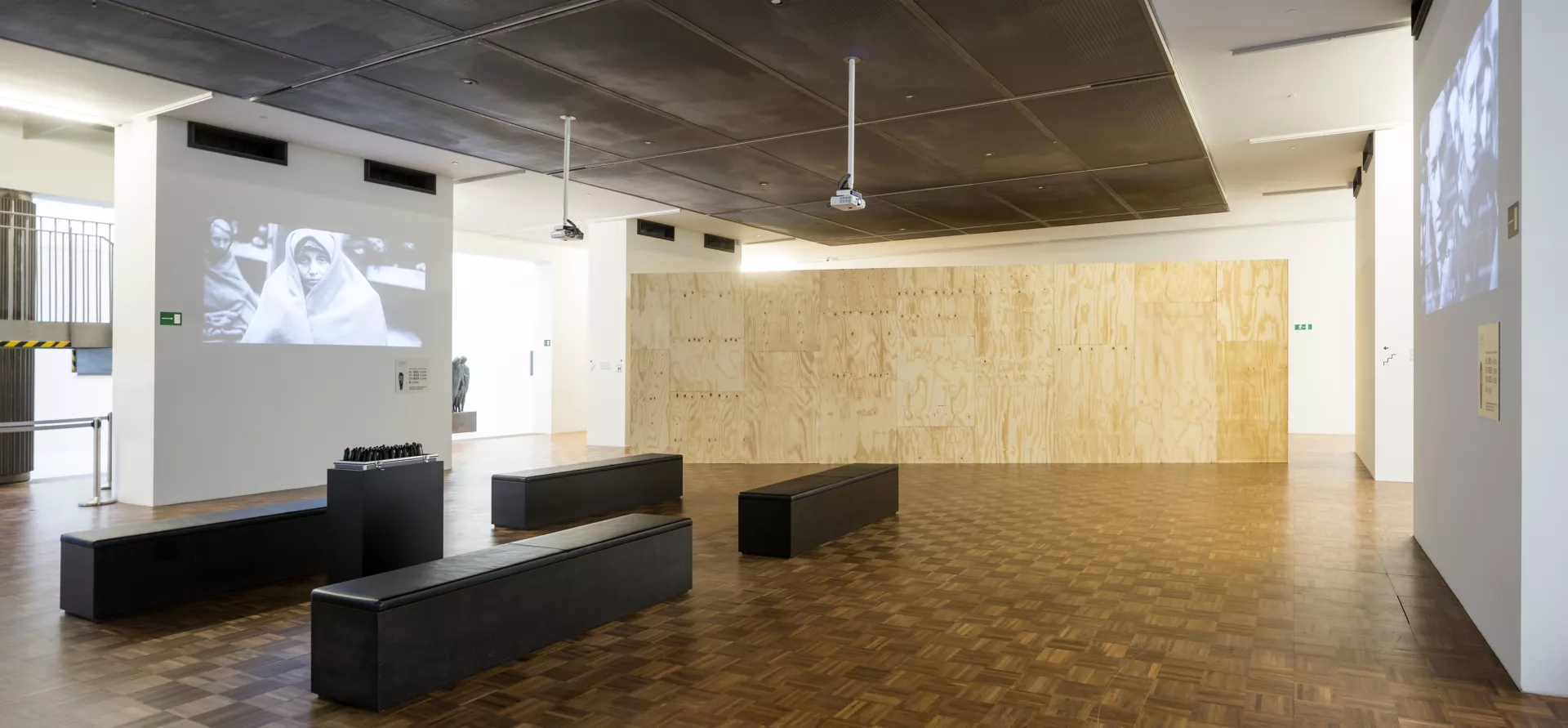
DE NOKER
CONTOUR 7 culminated at the restored de Noker chapel and inner courtyard, once part of the 14th-century House of God of the Holy Trinity. The building, historically a refuge for the marginalized, was later expanded by the Alexian Brothers and Franciscan nuns. Today, as Emmaüs headquarters, it hosts contemporary video art in the space once used for prayer and care.
ARTISTS & WORKS
Chiara Fumai (1978-2017) is an Italian artist known for her performative practice rooted in the tradition of female psychics, blending controversial entities into new narratives that question symbolic meanings and representations. Her work explores themes of radical feminism, media culture, language, and repression. For The Book of Evil Spirits, commissioned by CONTOUR 7, Fumai’s installation features historical figures, all women, including feminist activists, writers, terrorists, and occult mediums. Central to the work is Eusapia Palladino, an early 20th-century Italian spiritualist medium whose mysterious abilities have been questioned, embodying the ambiguity that defines Fumai’s practice.
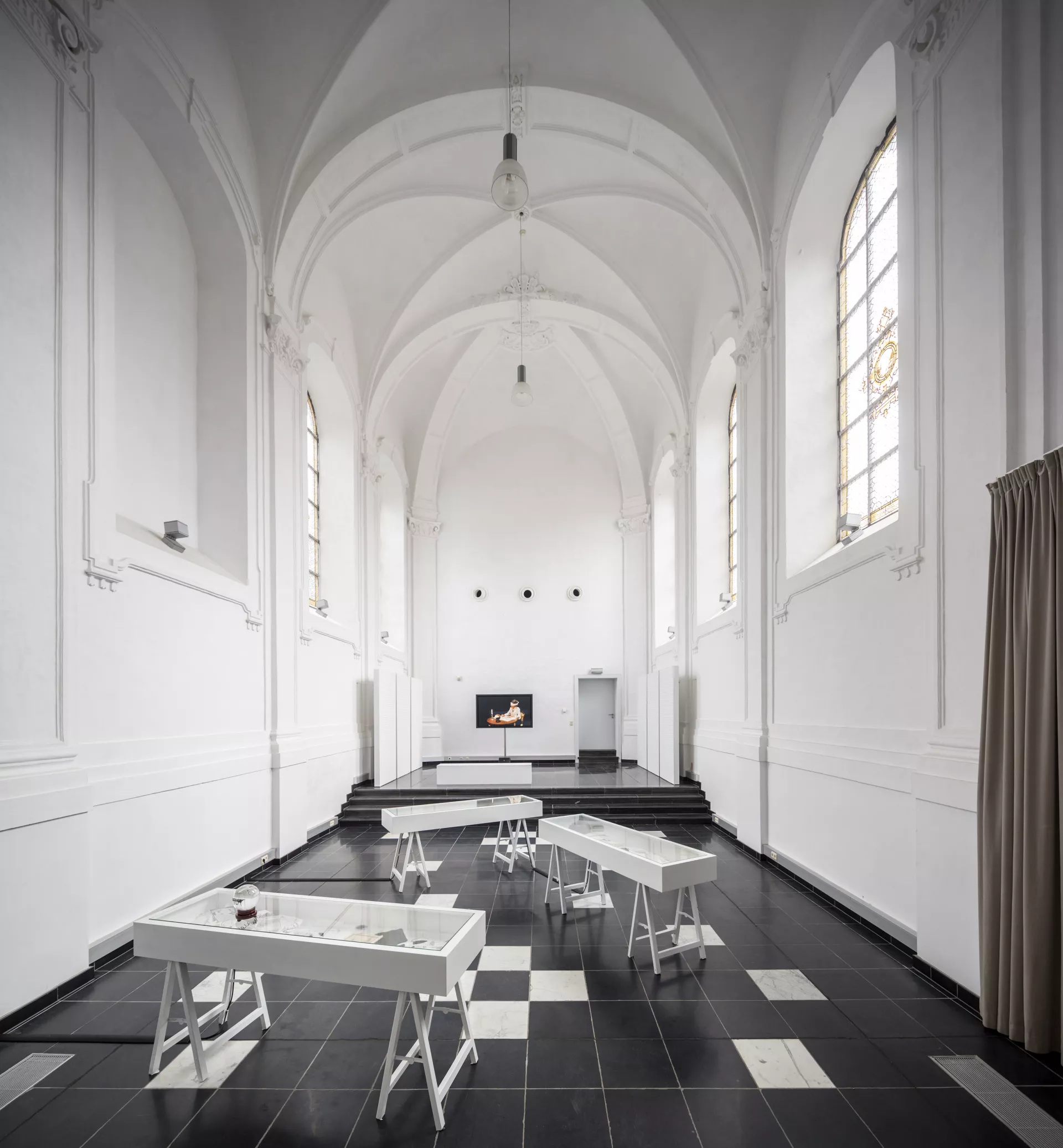
Angel Vergara explores the power of images through performances, videos, installations, and paintings. His work questions how contemporary images shape our reality, seeking to break through and expose their aesthetic, socio-cultural, and political impacts. For De Nekker Tree, a video installation commissioned by CONTOUR 7, Vergara chose the garden of the former De Noker monastery as both subject and backdrop. The installation reflects on the enclosed garden as an artificial paradise, invoking themes of knowledge, the Garden of Eden, and the duality of human nature, drawing parallels with Thomas More’s transformation from enemy to saint.
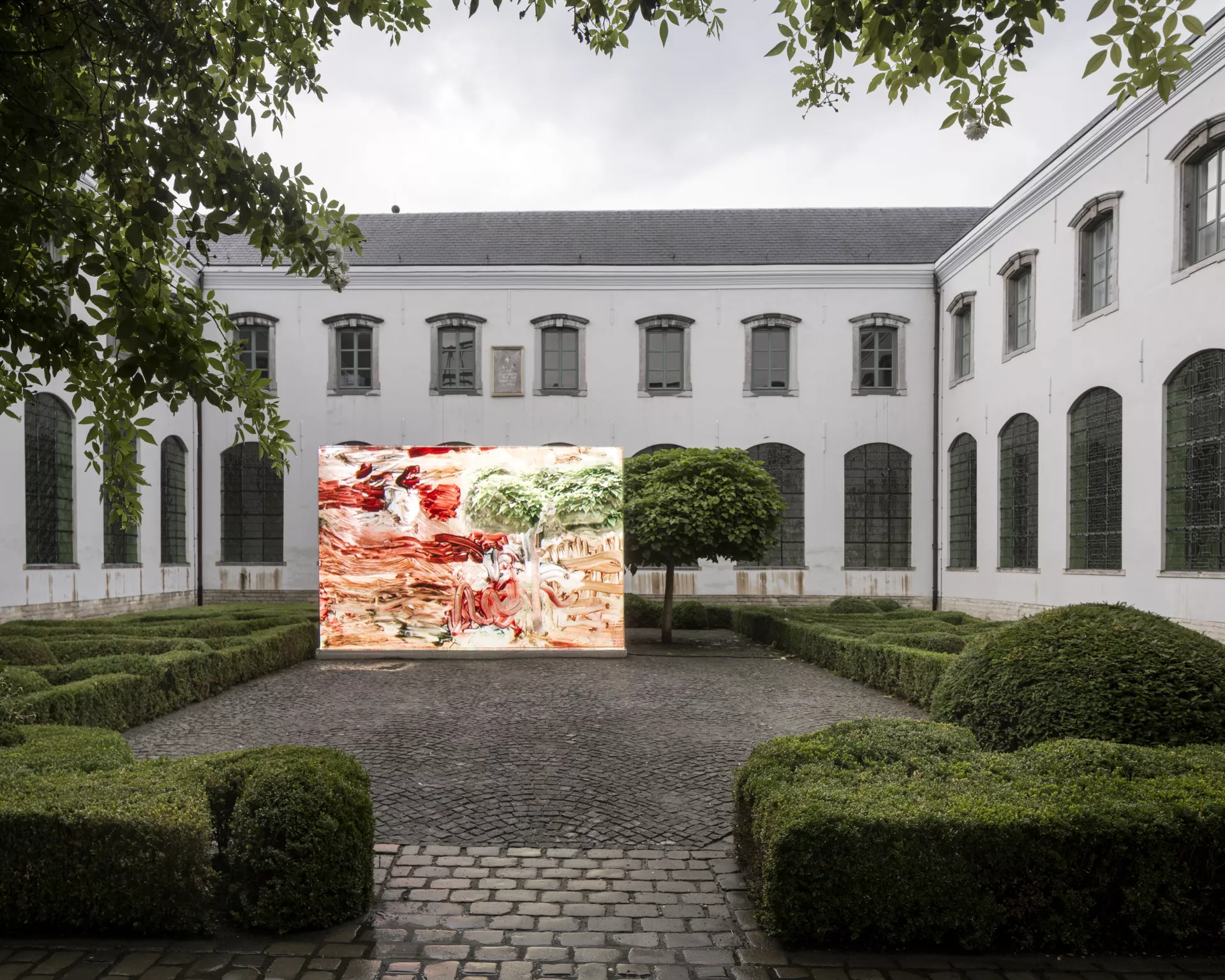
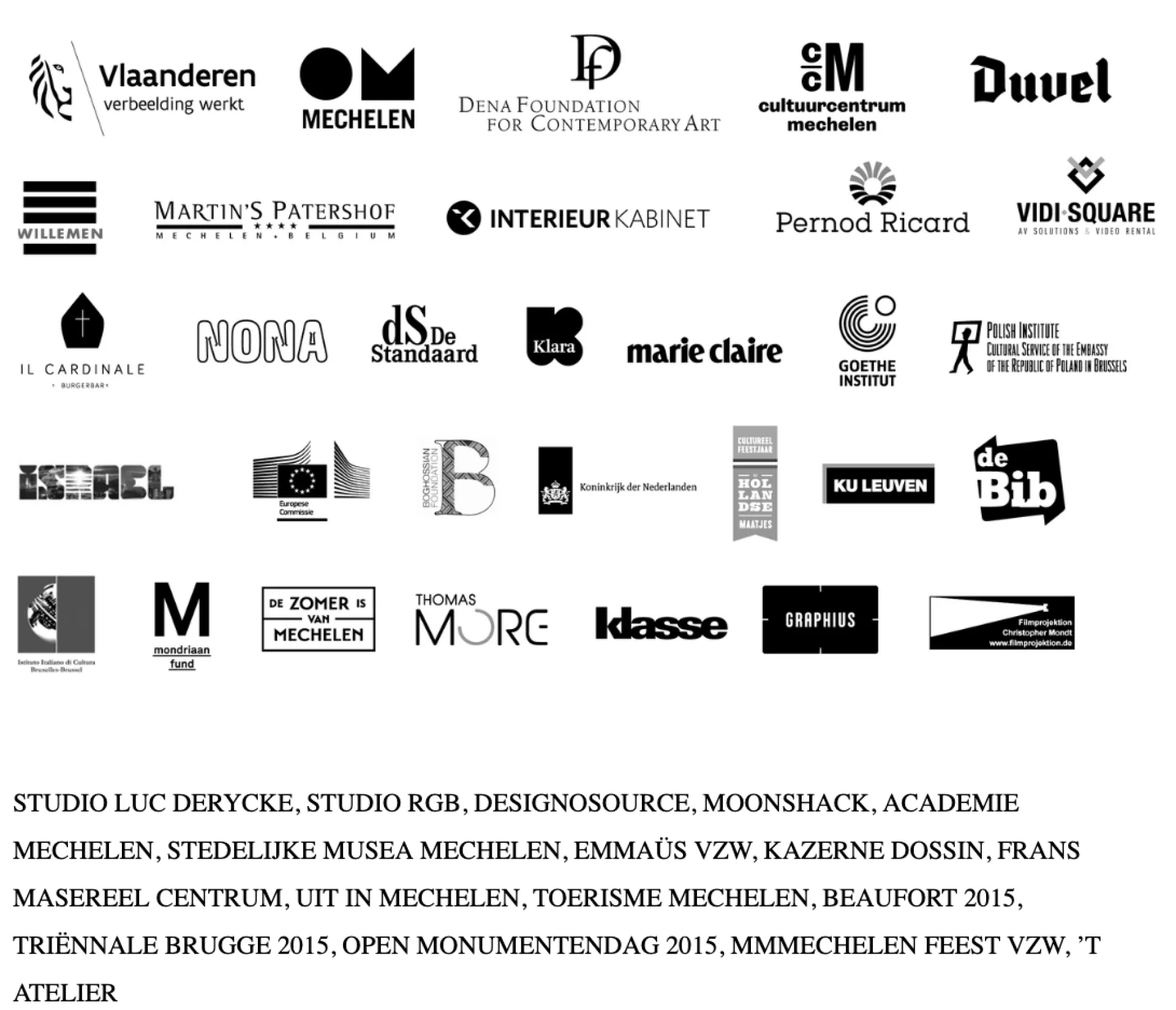
PARTNERS
Flemish Community, City Of Mechelen, Dena Foundation for Contemporary Art, Cultuurcentrum Mechelen, Duvel, Willemen, Martin’s Patershof, Interieur Kabinet, Pernod Ricard, Vidi-Square, Il Cardinale, kunstencentrum nona, De Standaard, Klara, Marie Claire, Goethe Institute, Polish Institute, Israel, Europa – Culture, Foundation Boghossian, Nederlandse Ambassade in België, KU Leuven, deBib, Mondriaan Fund, De Zomer is van Mechelen, Thomas More Hogeschool, Klasse, Graphius, Filmprojektion Mondt, Instituto Italiano di Cultura, Cultureel Feestjaar Hollandse Maatjes, Studio Luc Derycke, Studio Rgb, Designosource, Moonshack, Academie Mechelen, Stedelijke Musea Mechelen, Emmaüs Vzw, Kazerne Dossin, Frans Masereel Centrum, Uit In Mechelen, Toerisme Mechelen, Beaufort 2015, Triënnale Brugge 2015, Open Monumentendag 2015, Mechelen Feest Vzw, ’T Atelier
